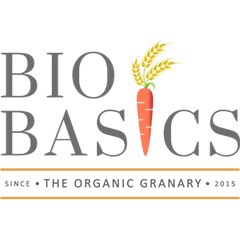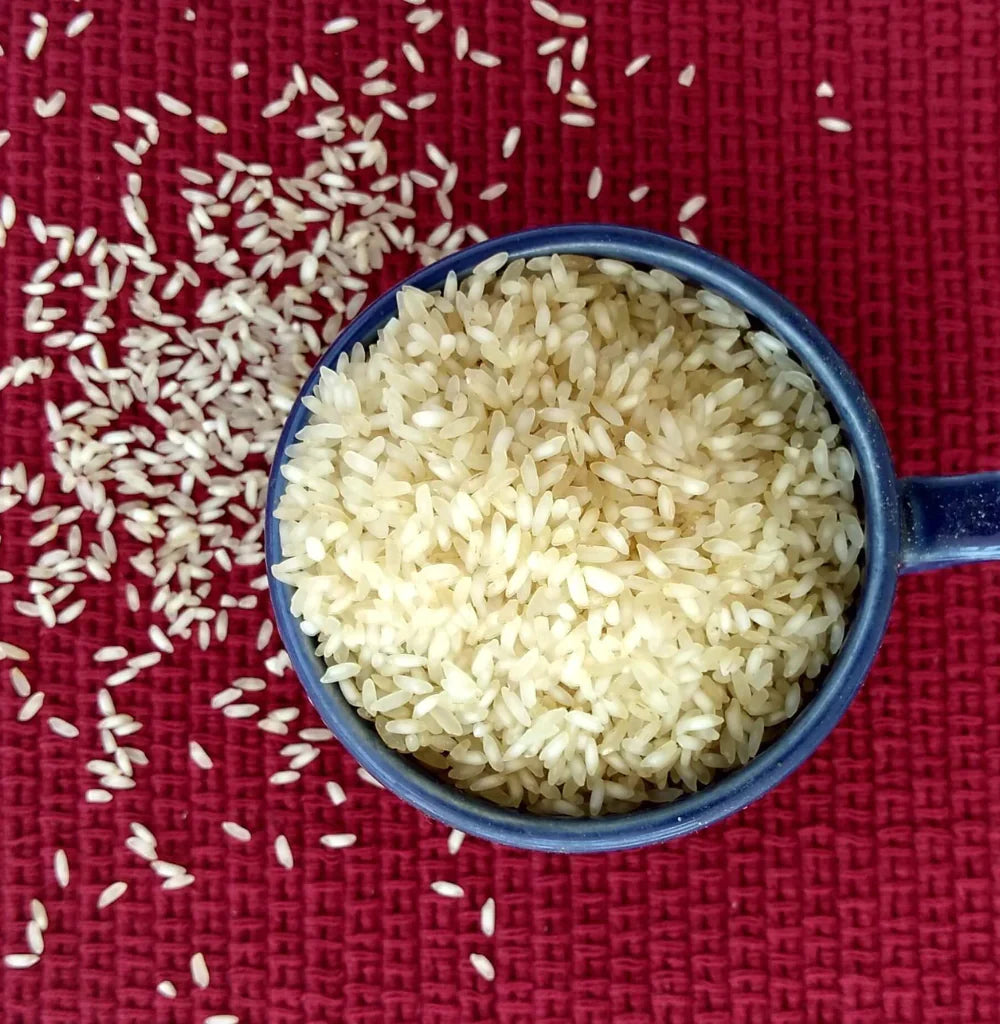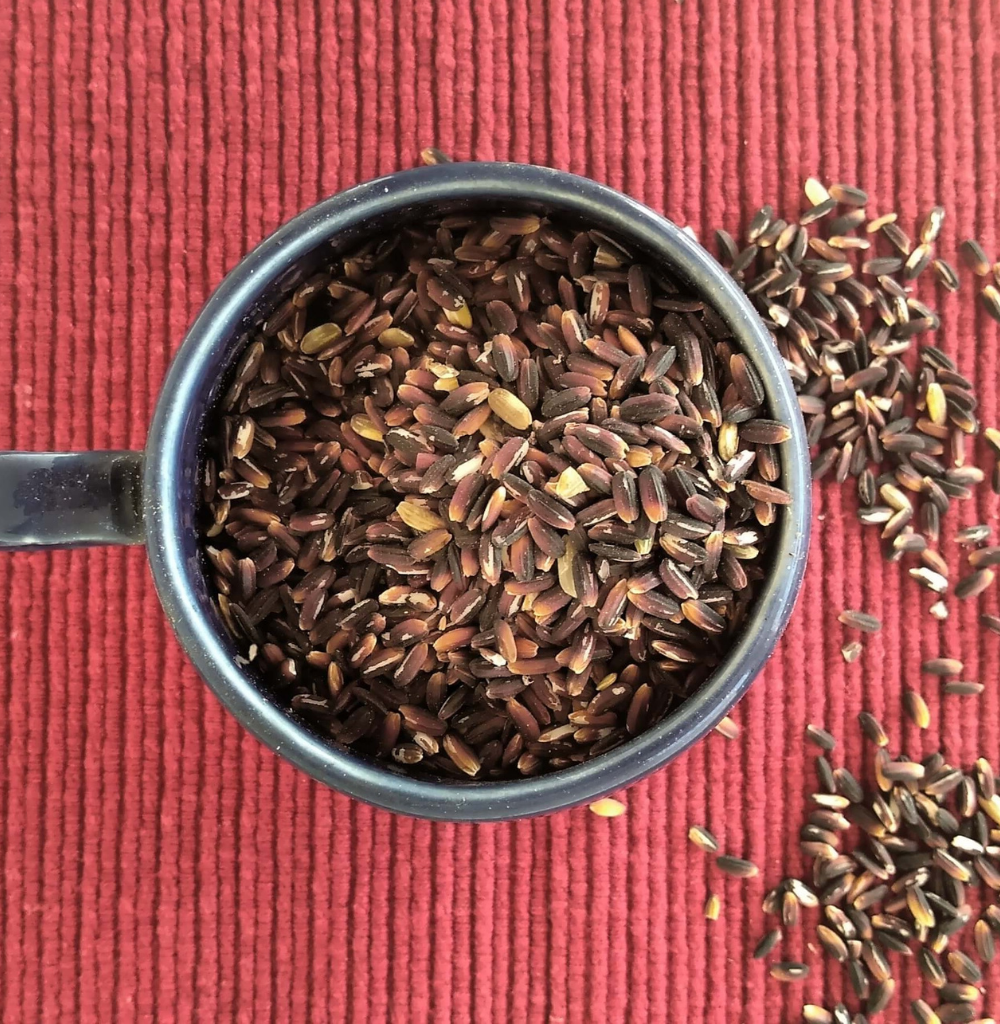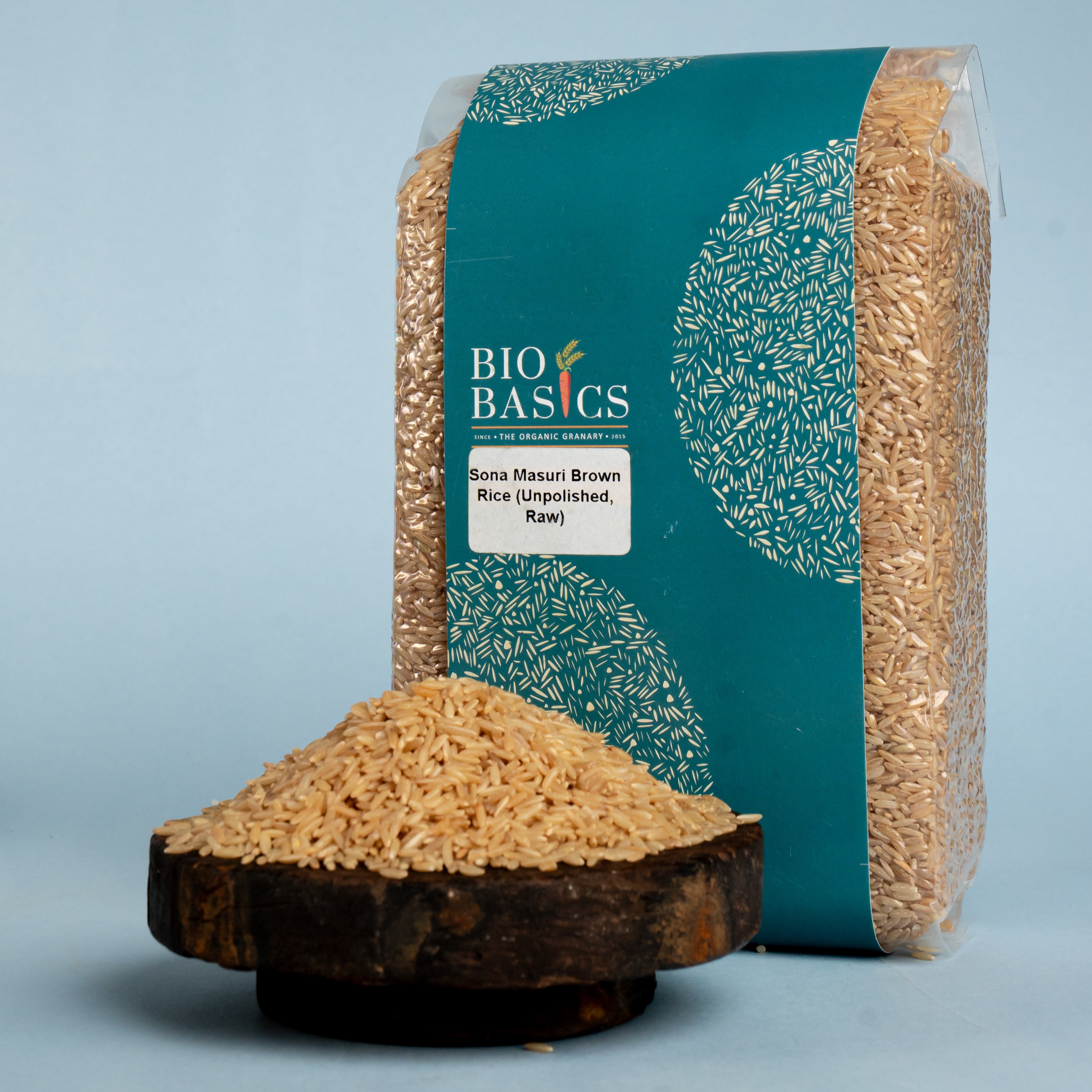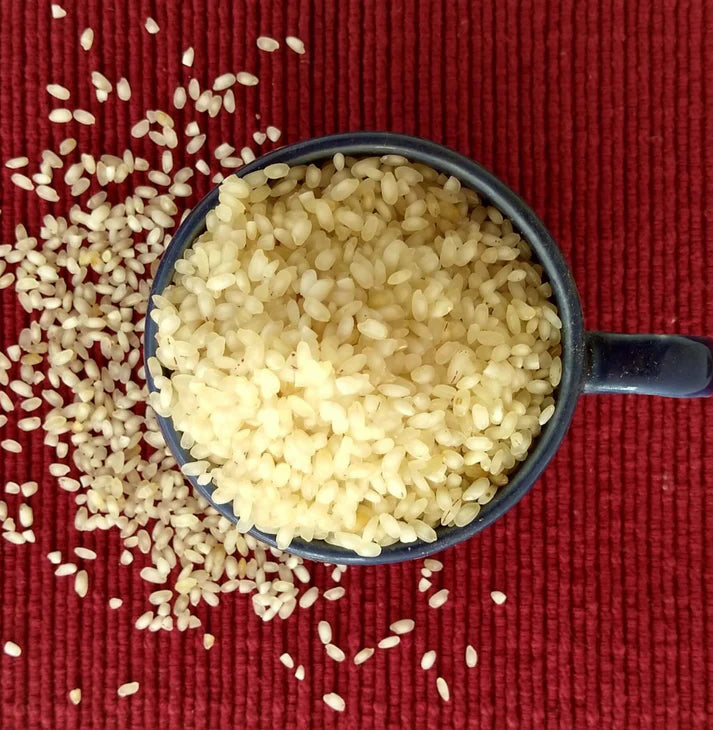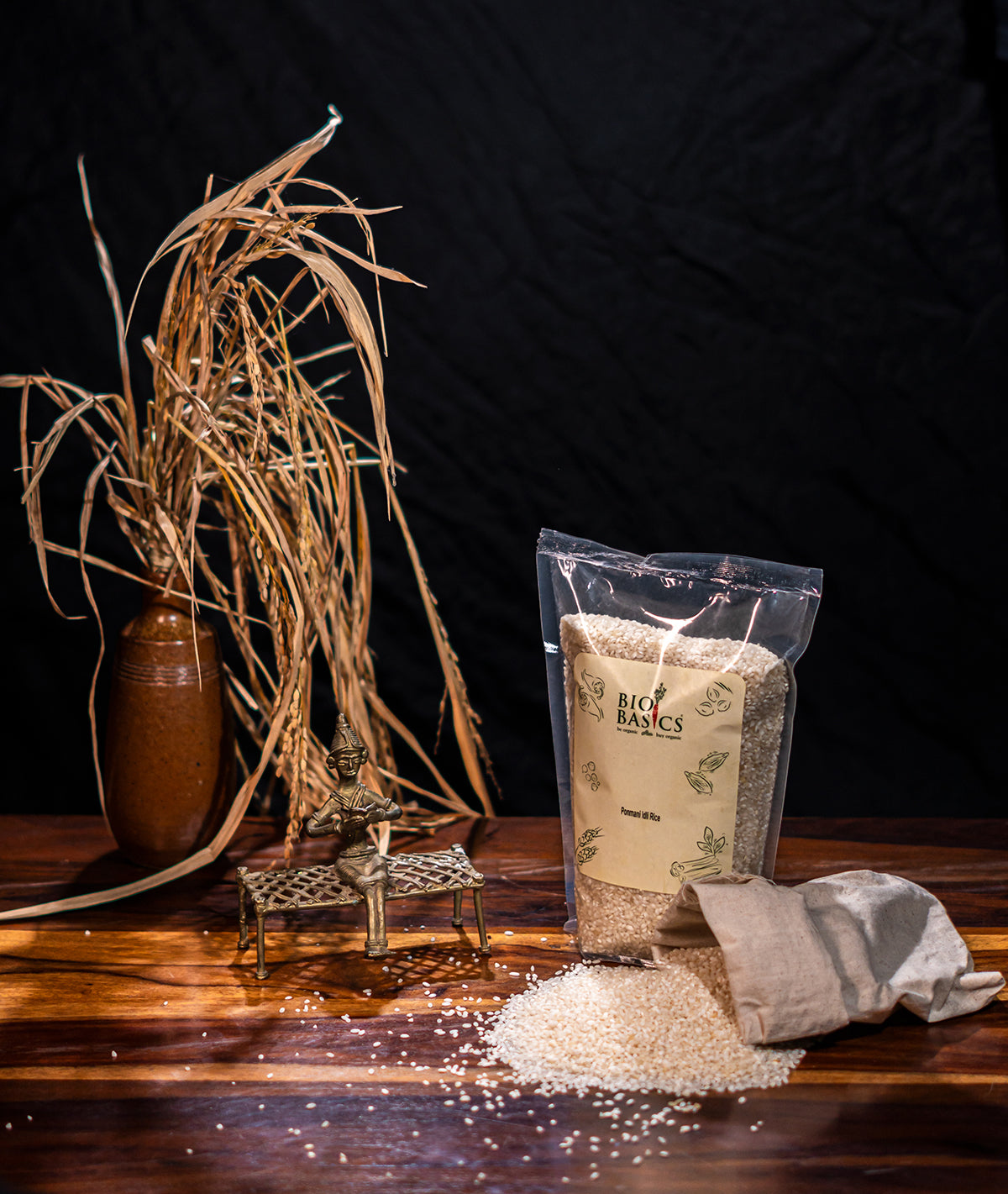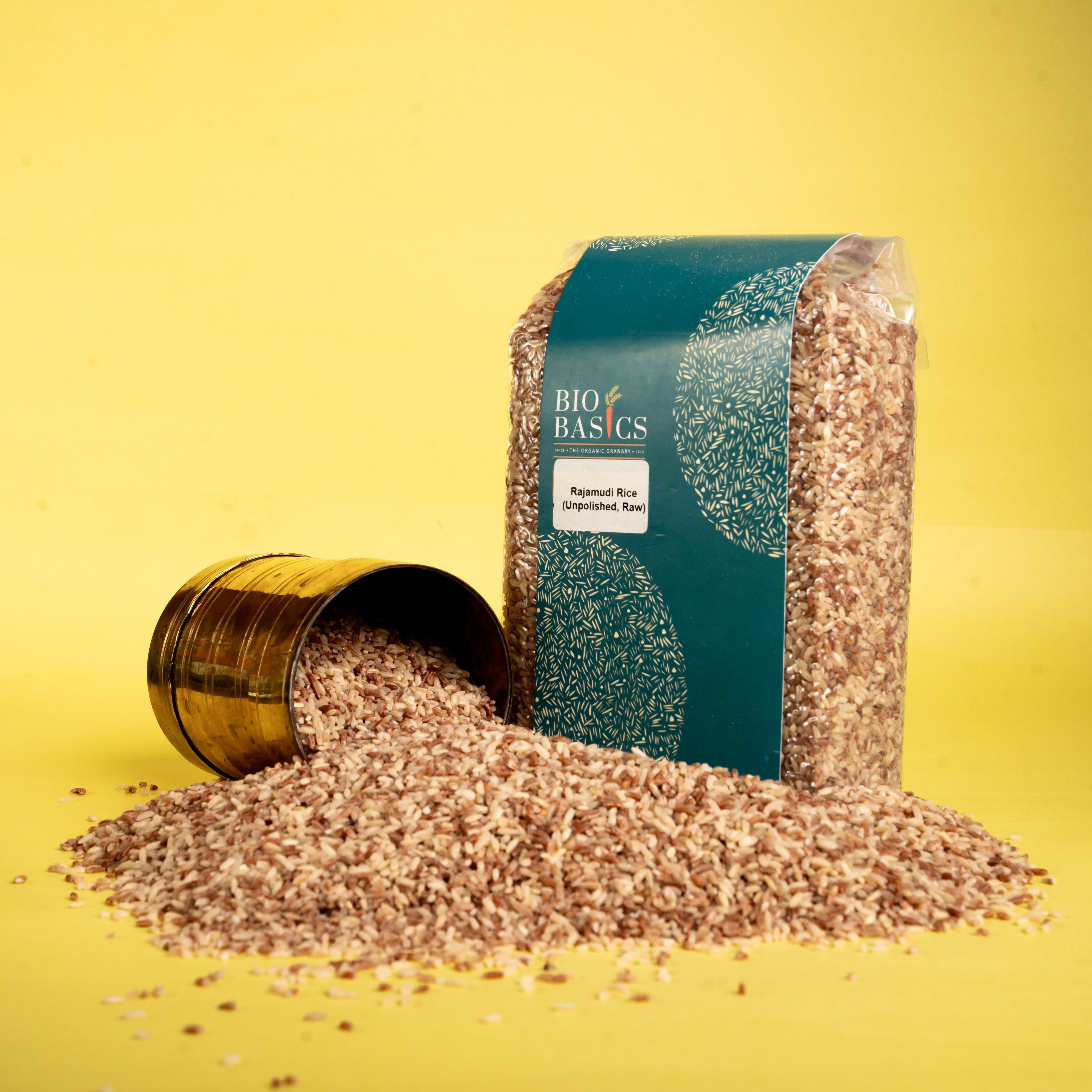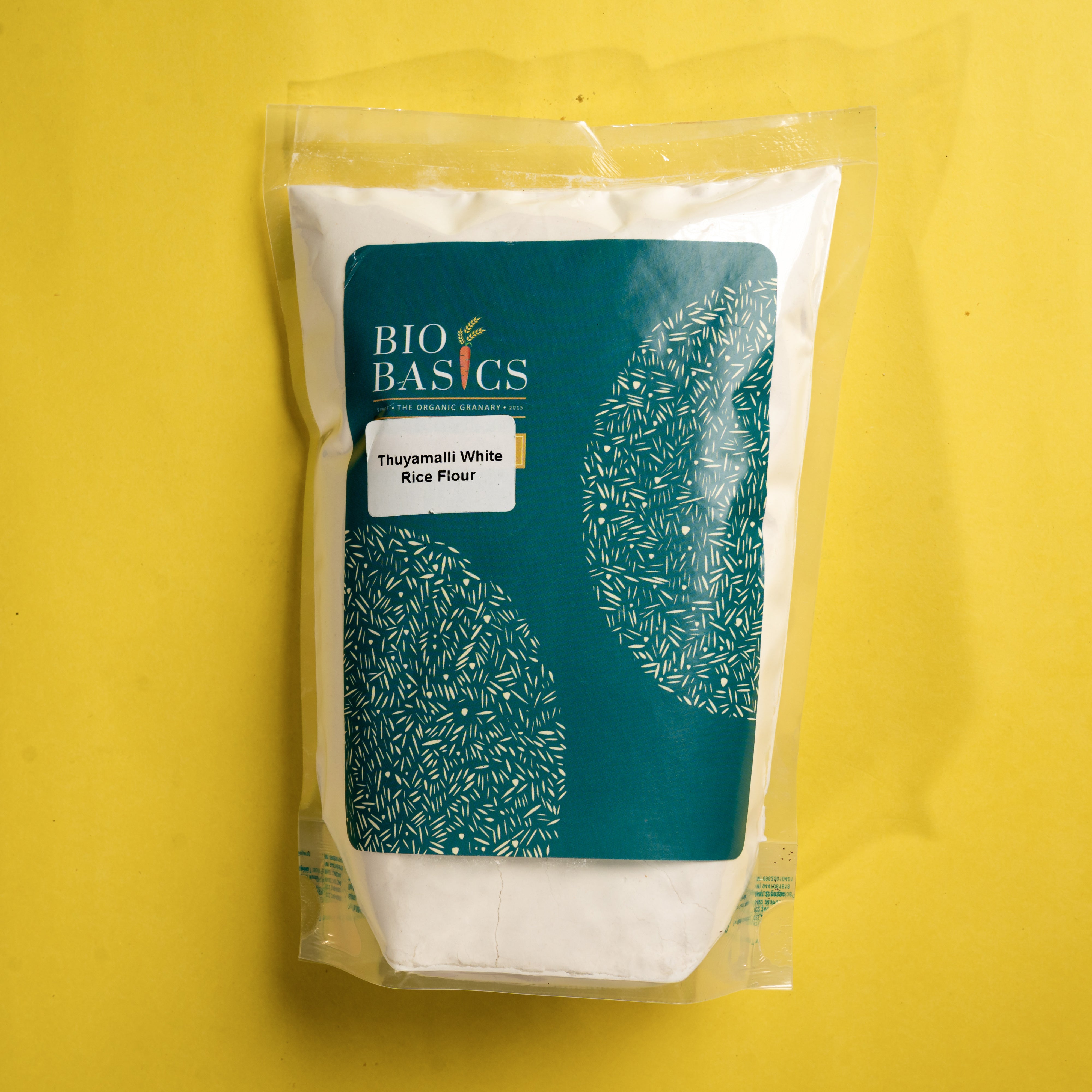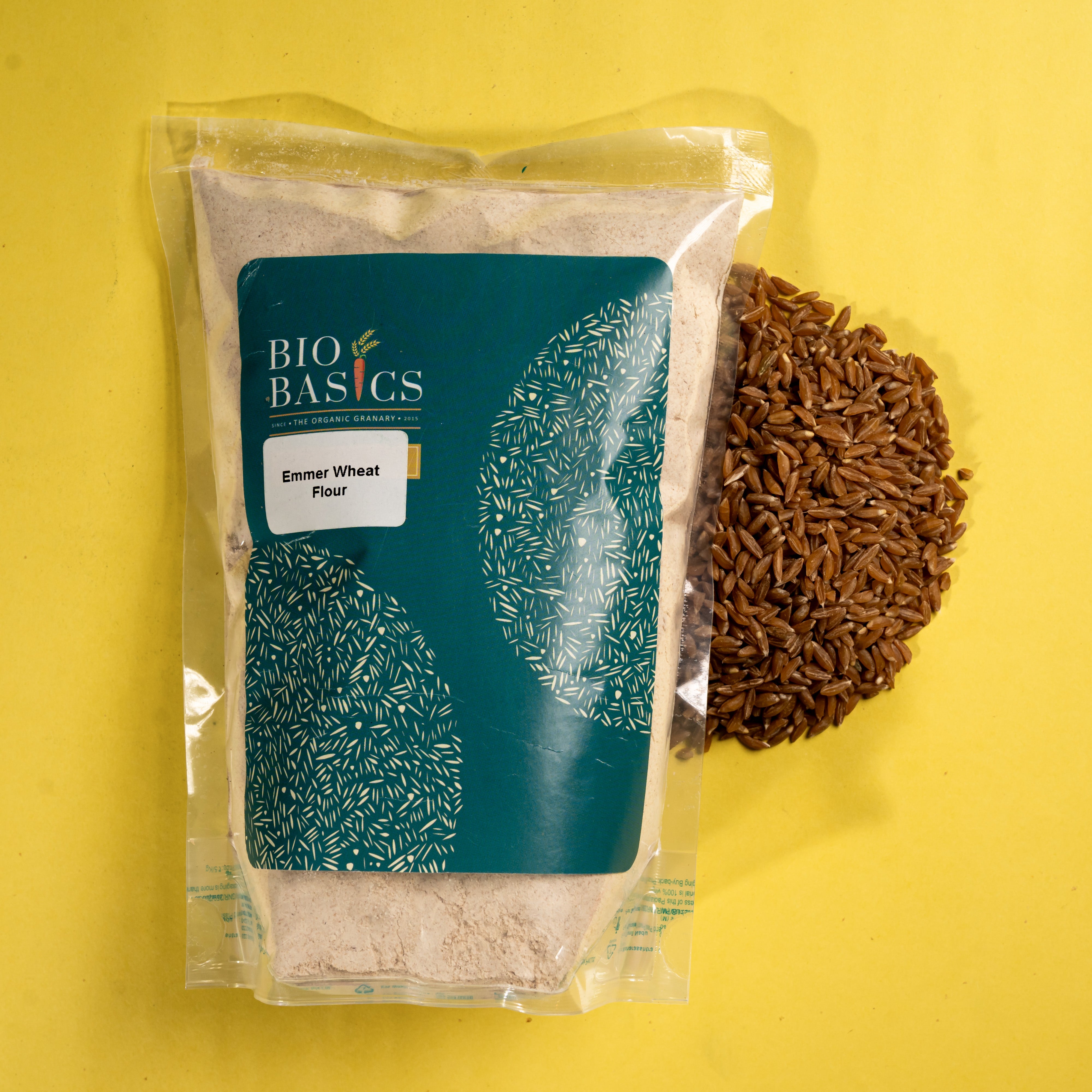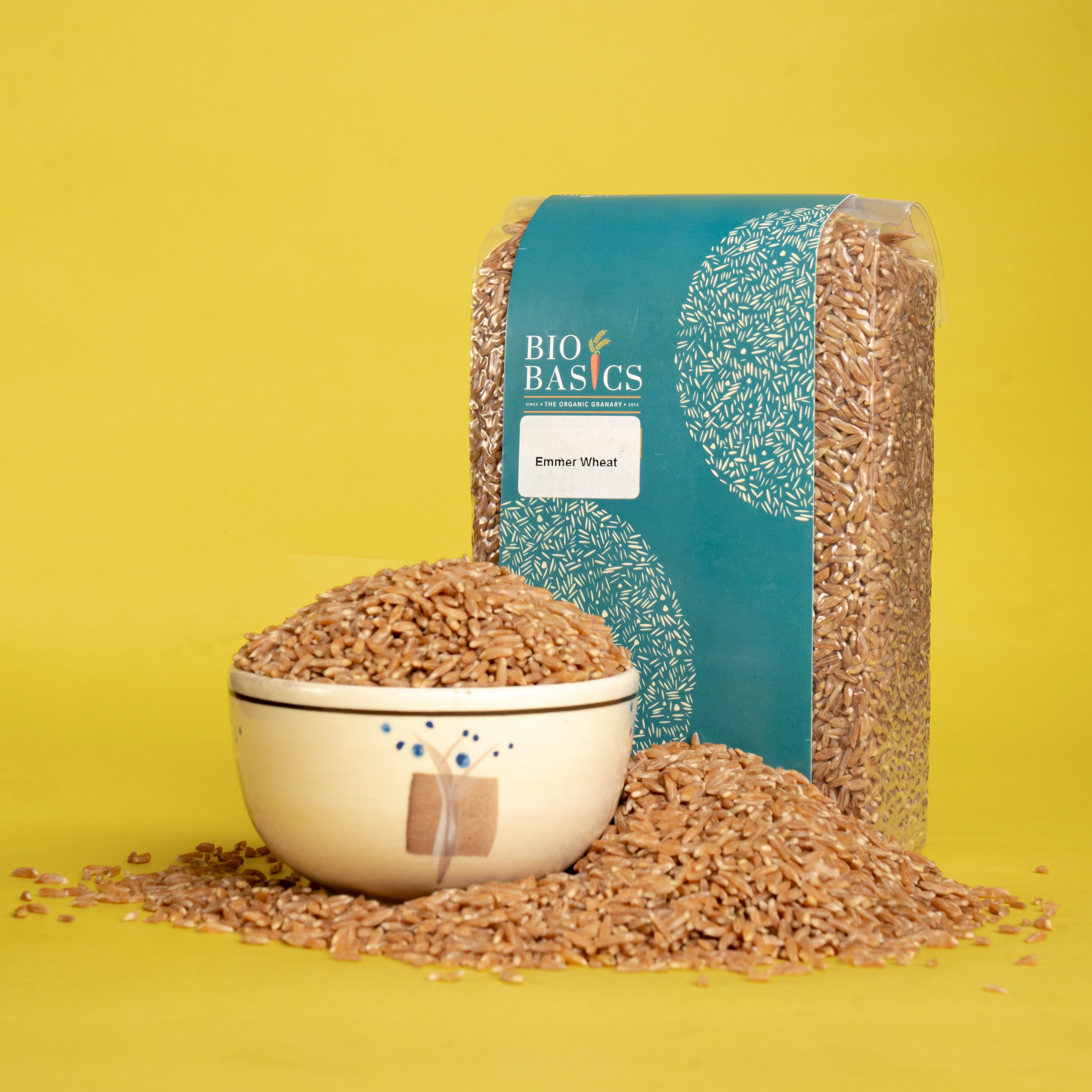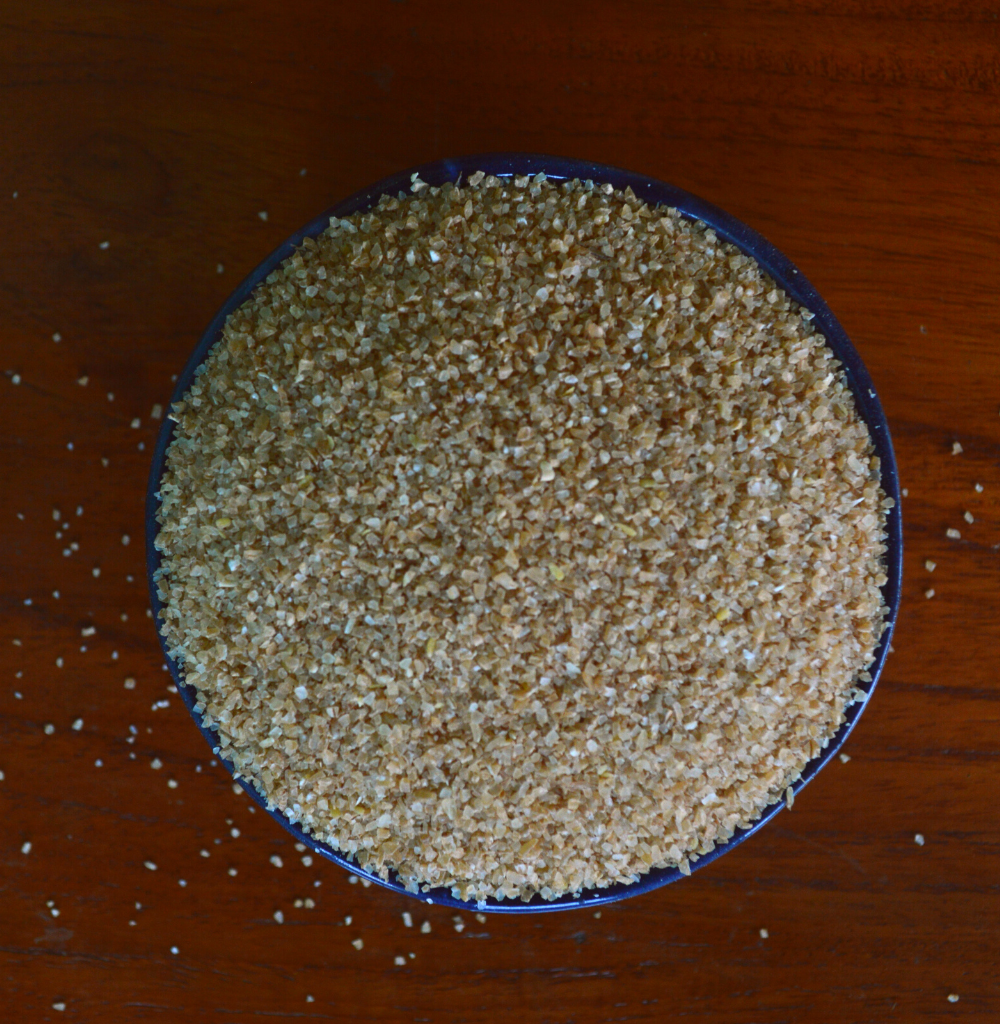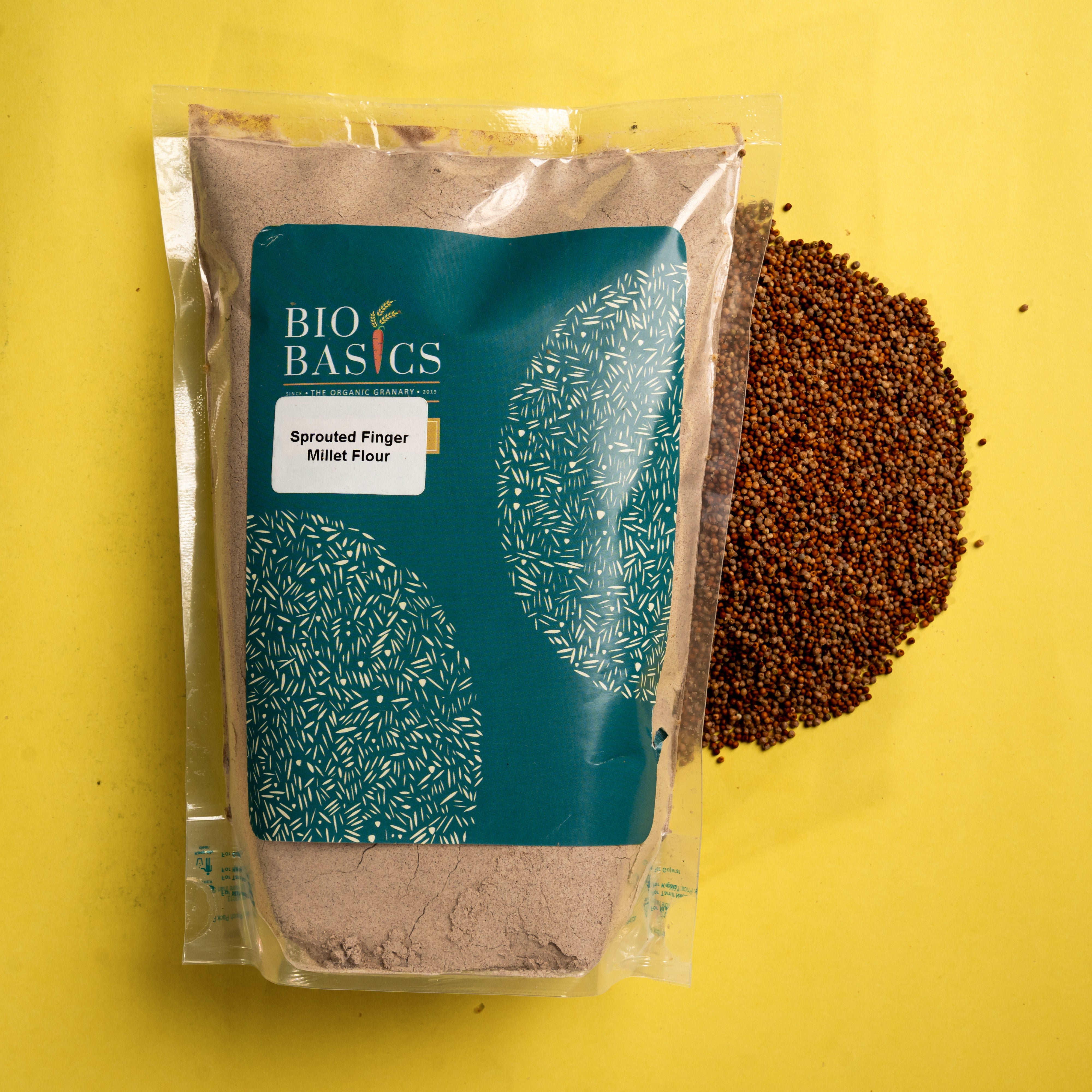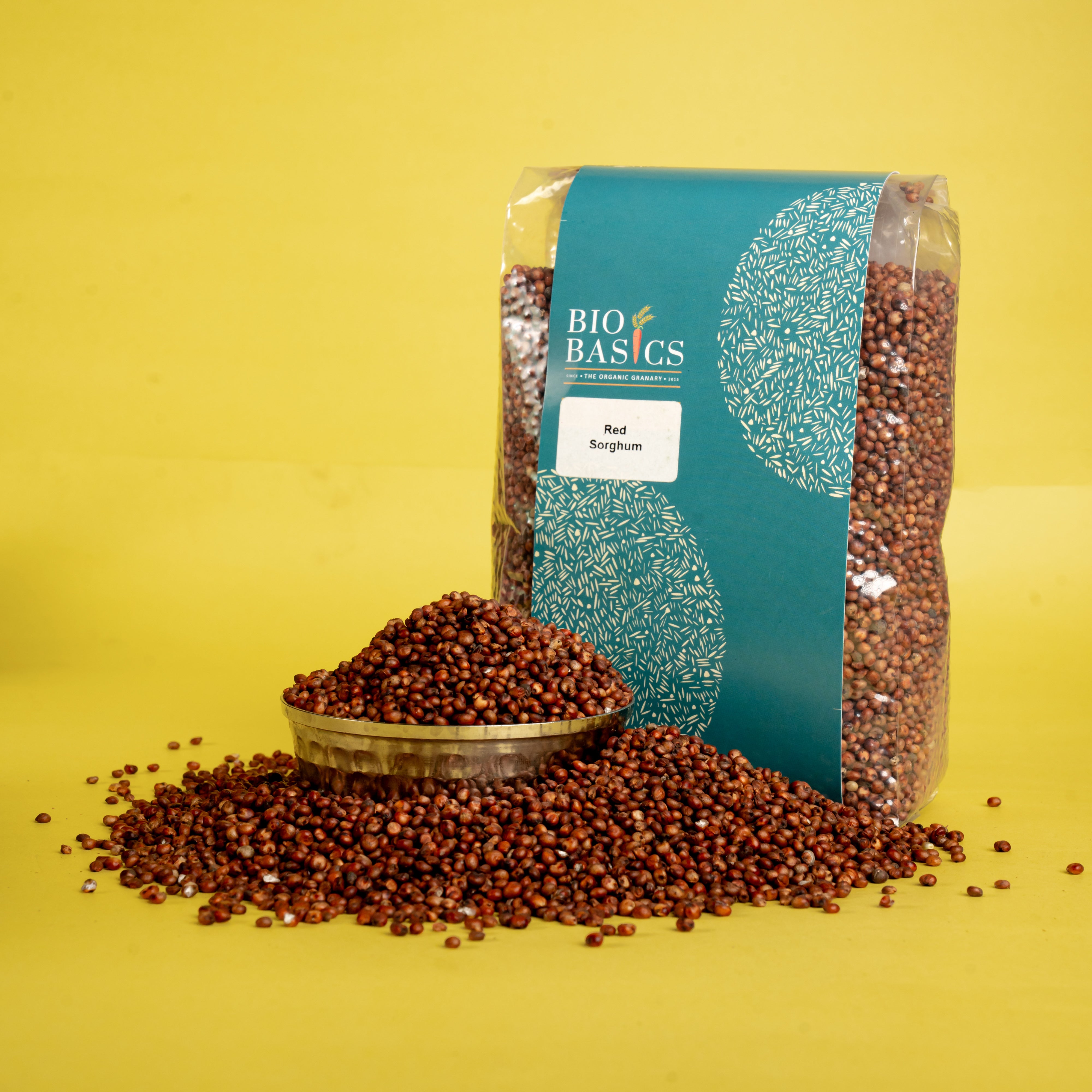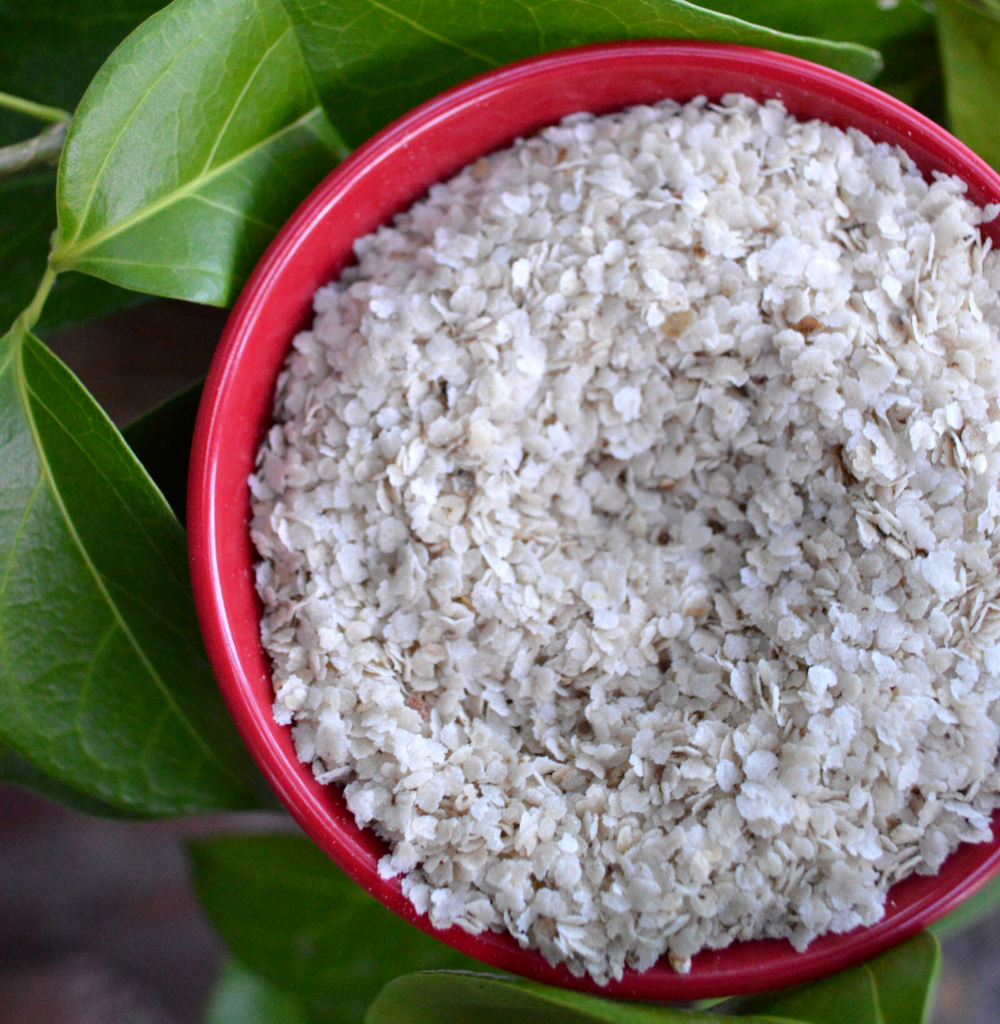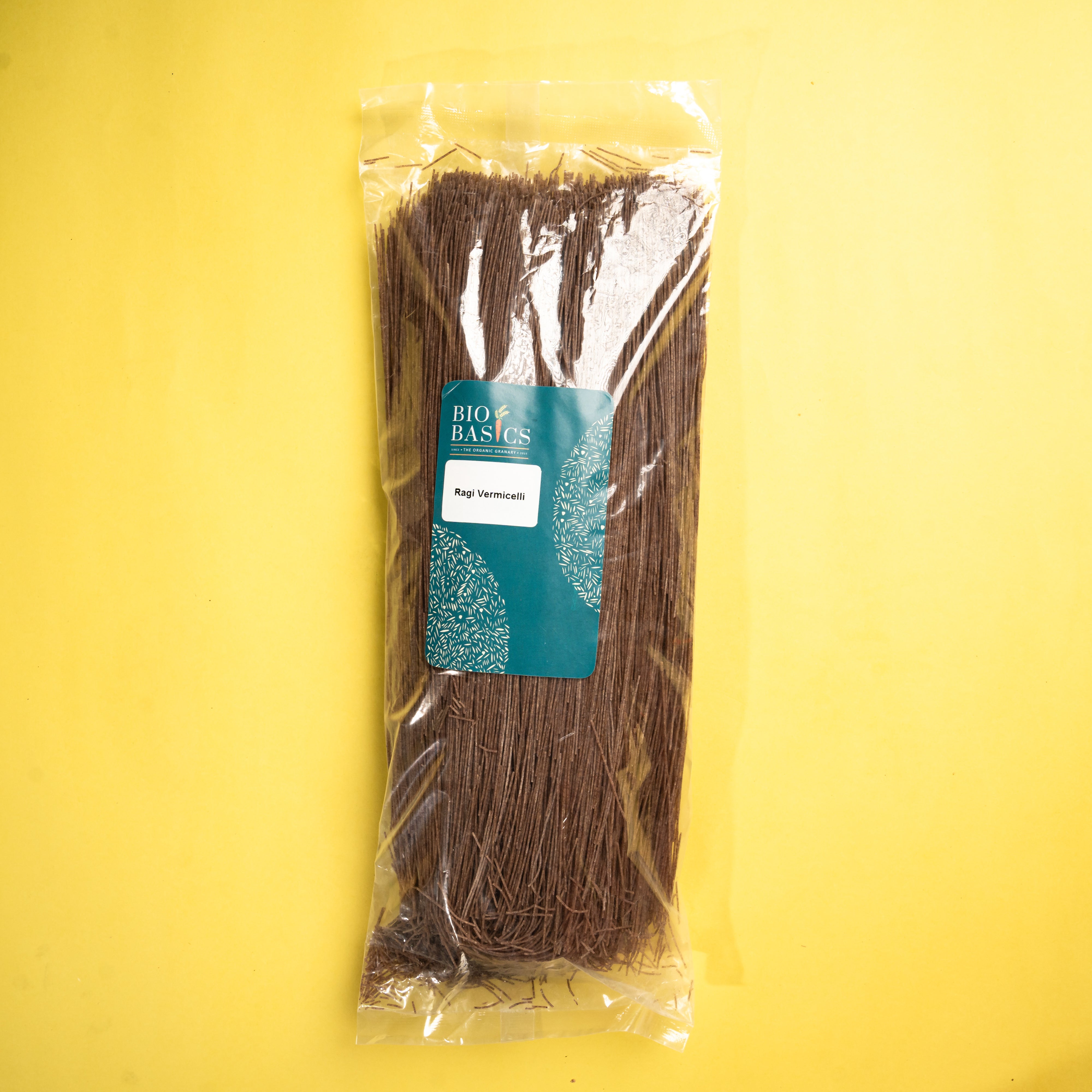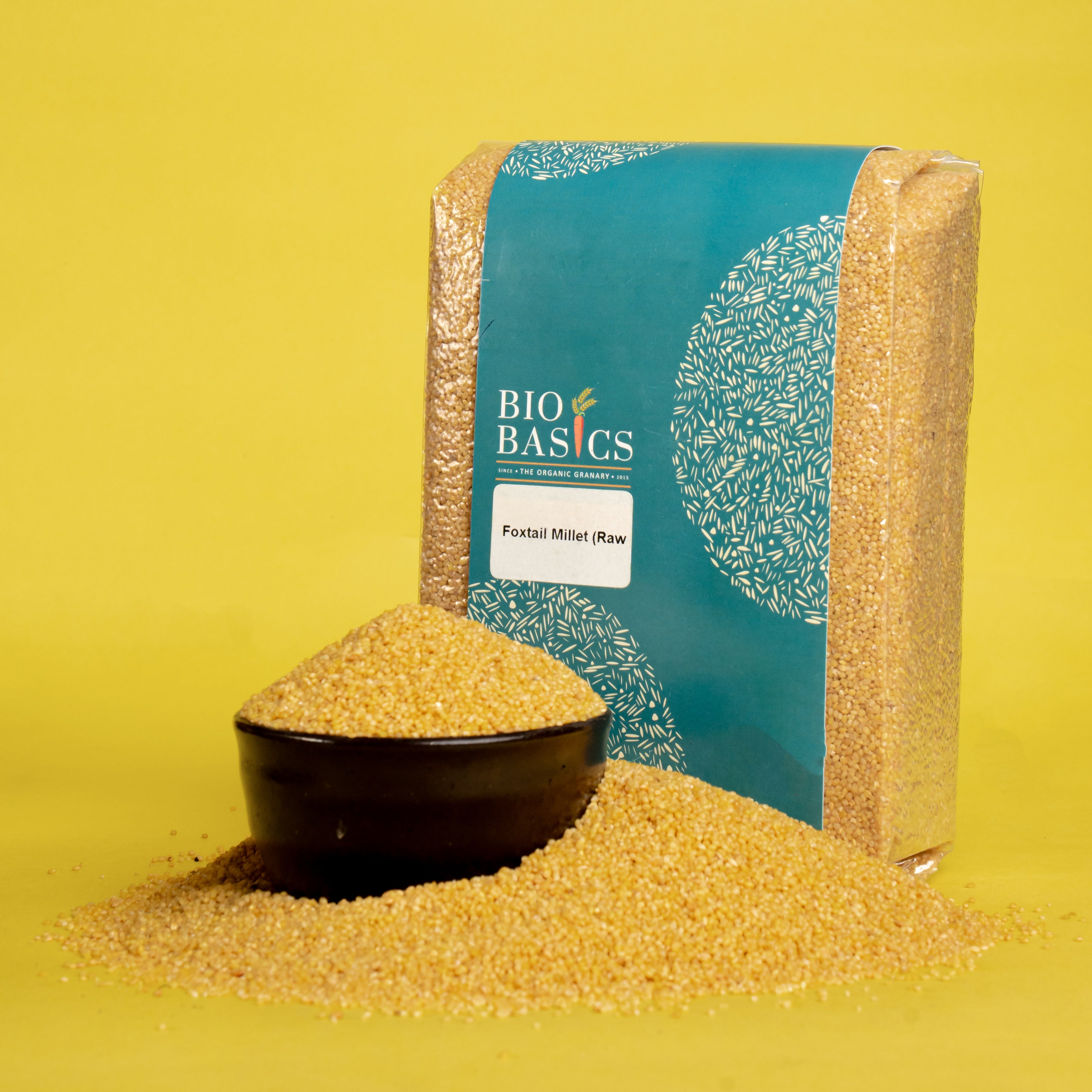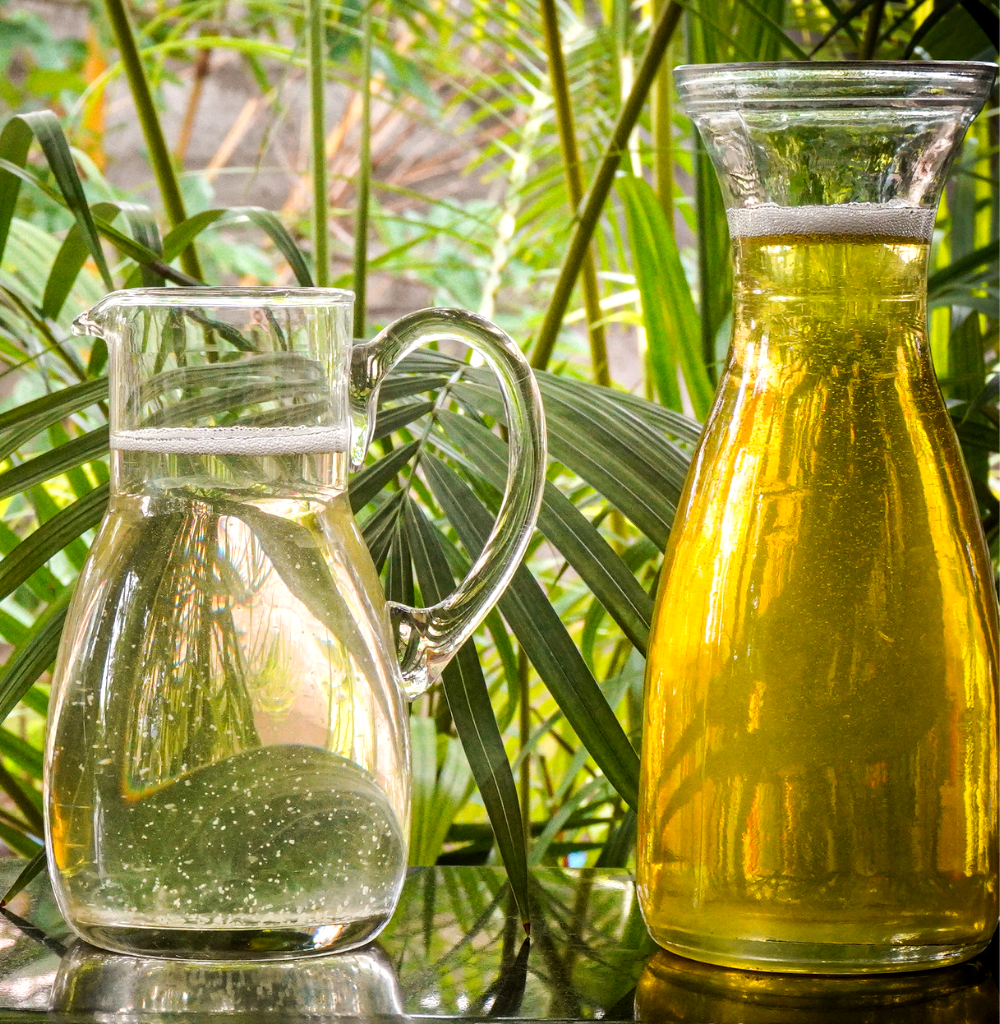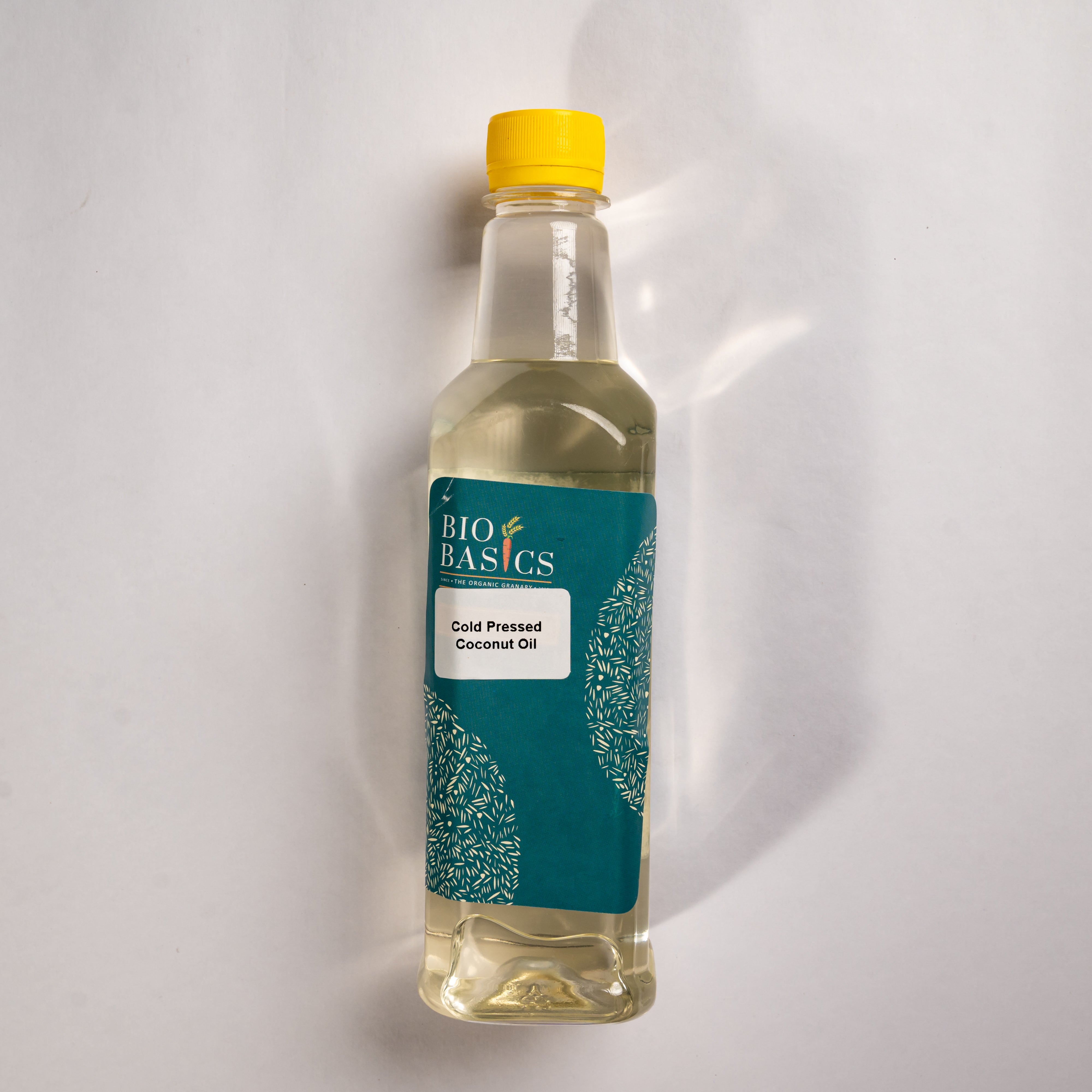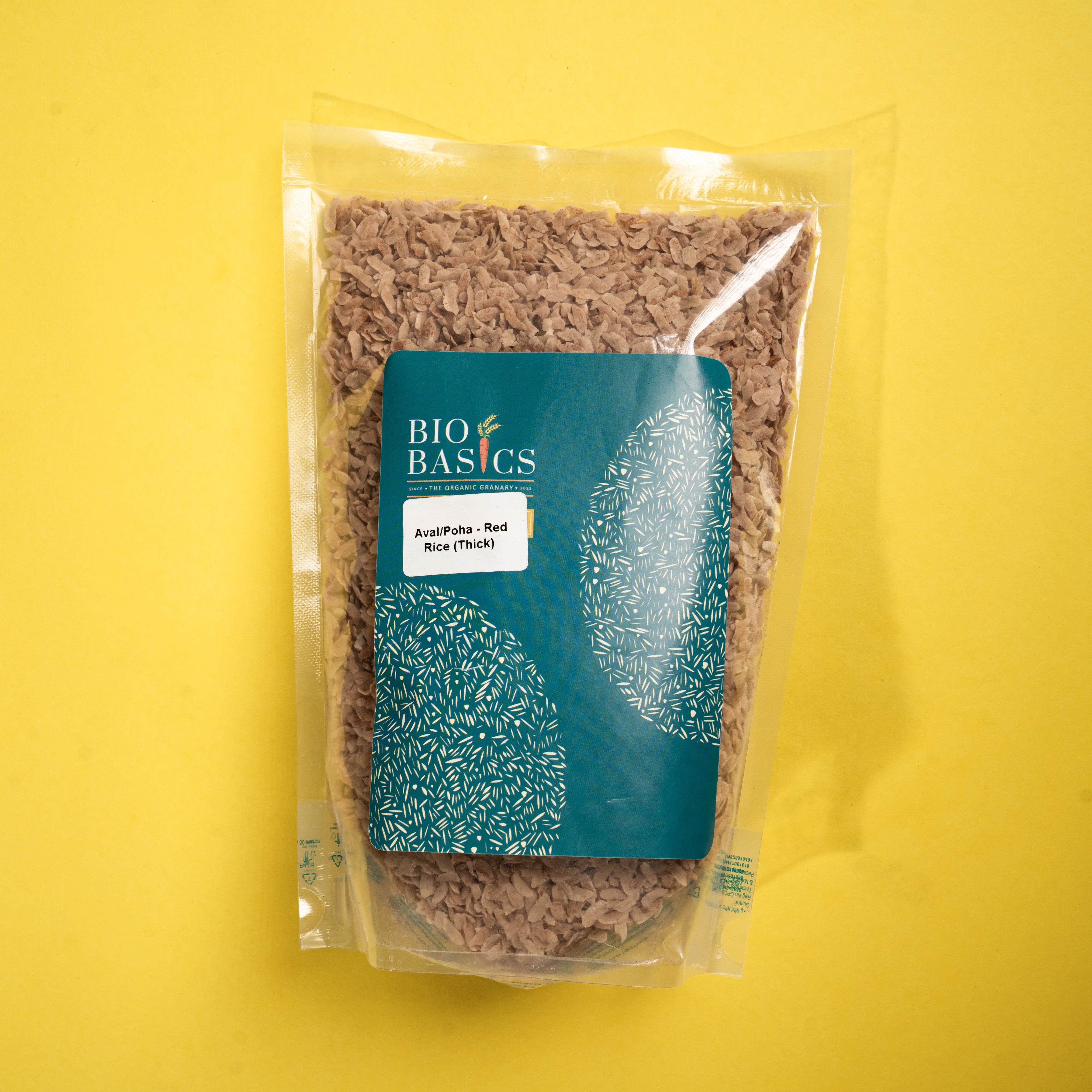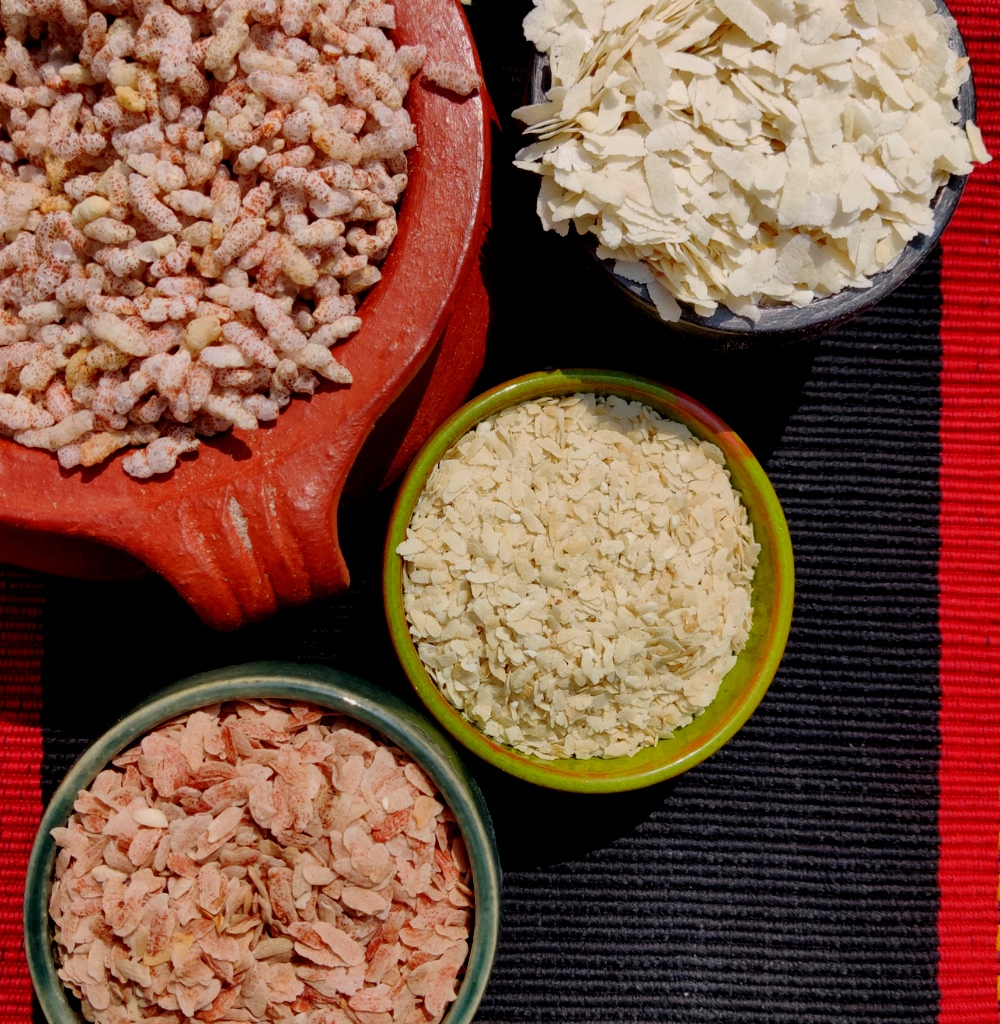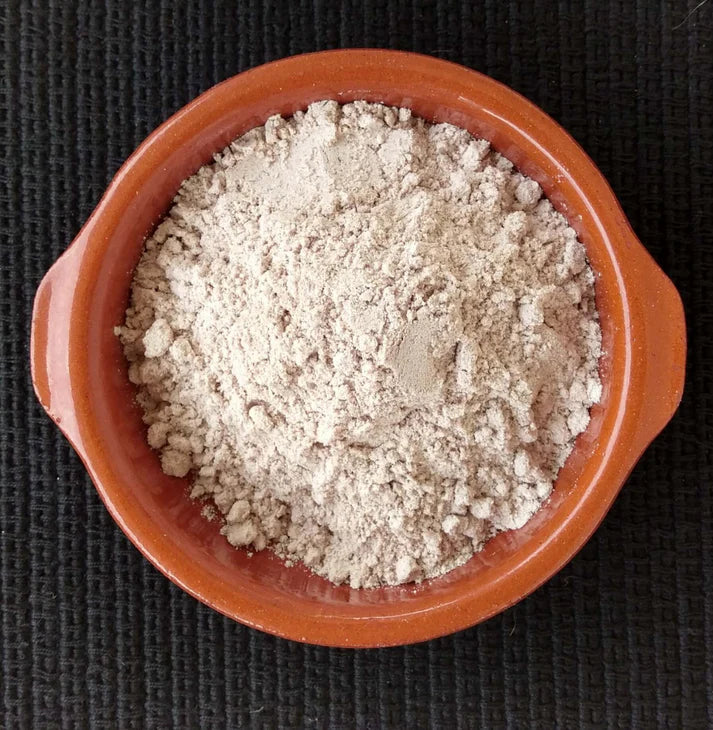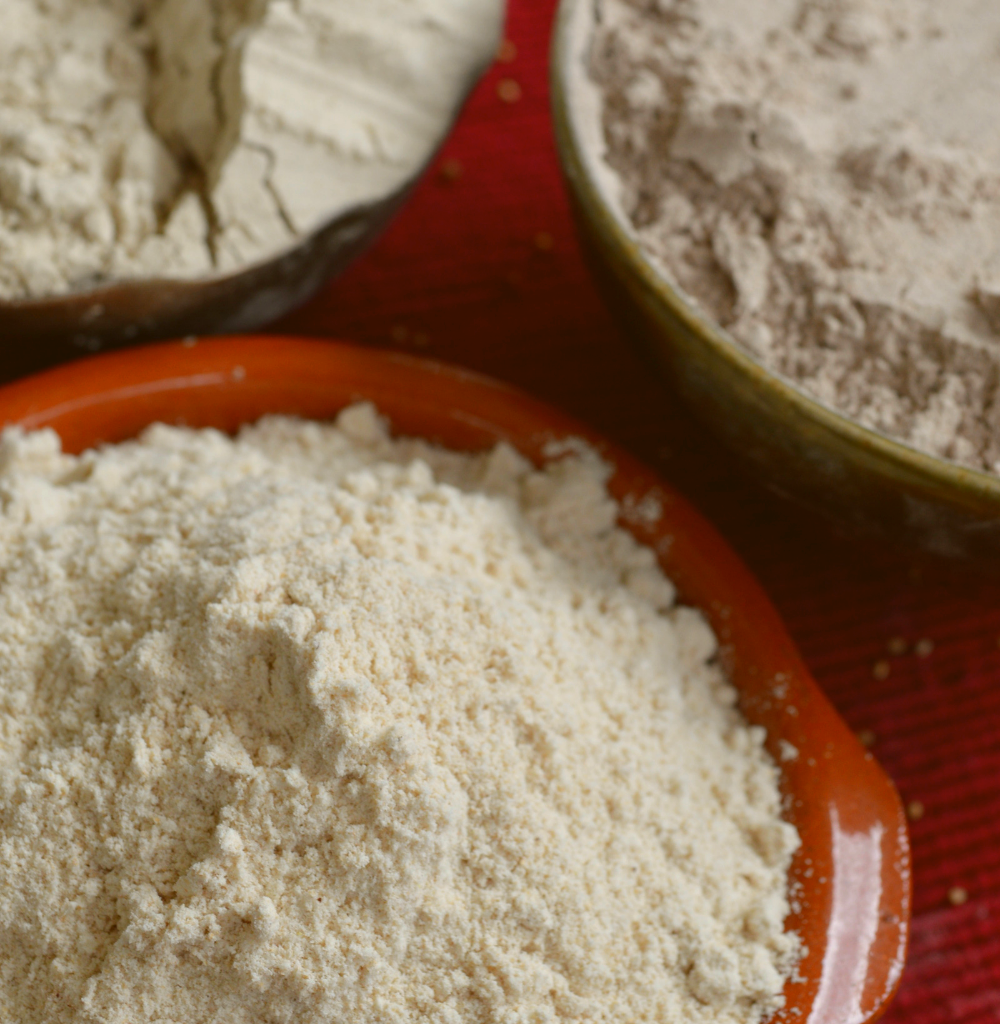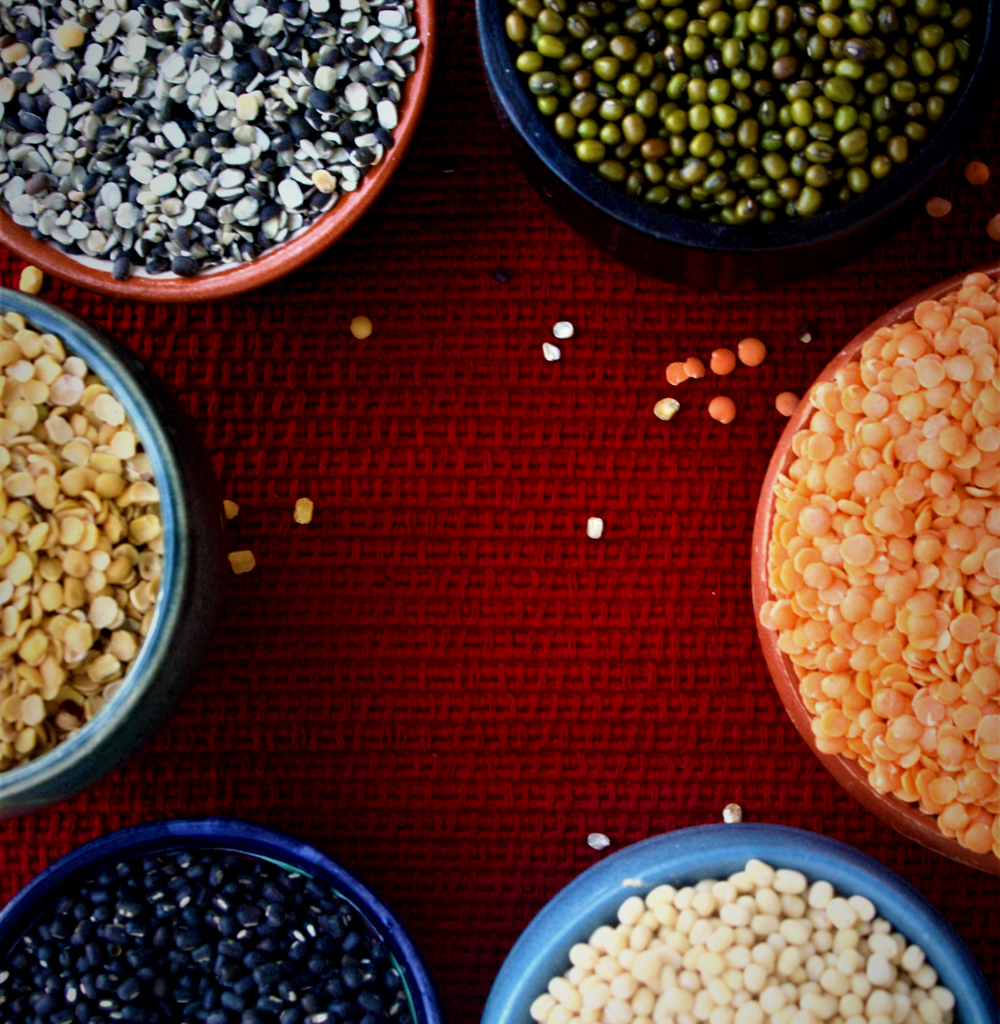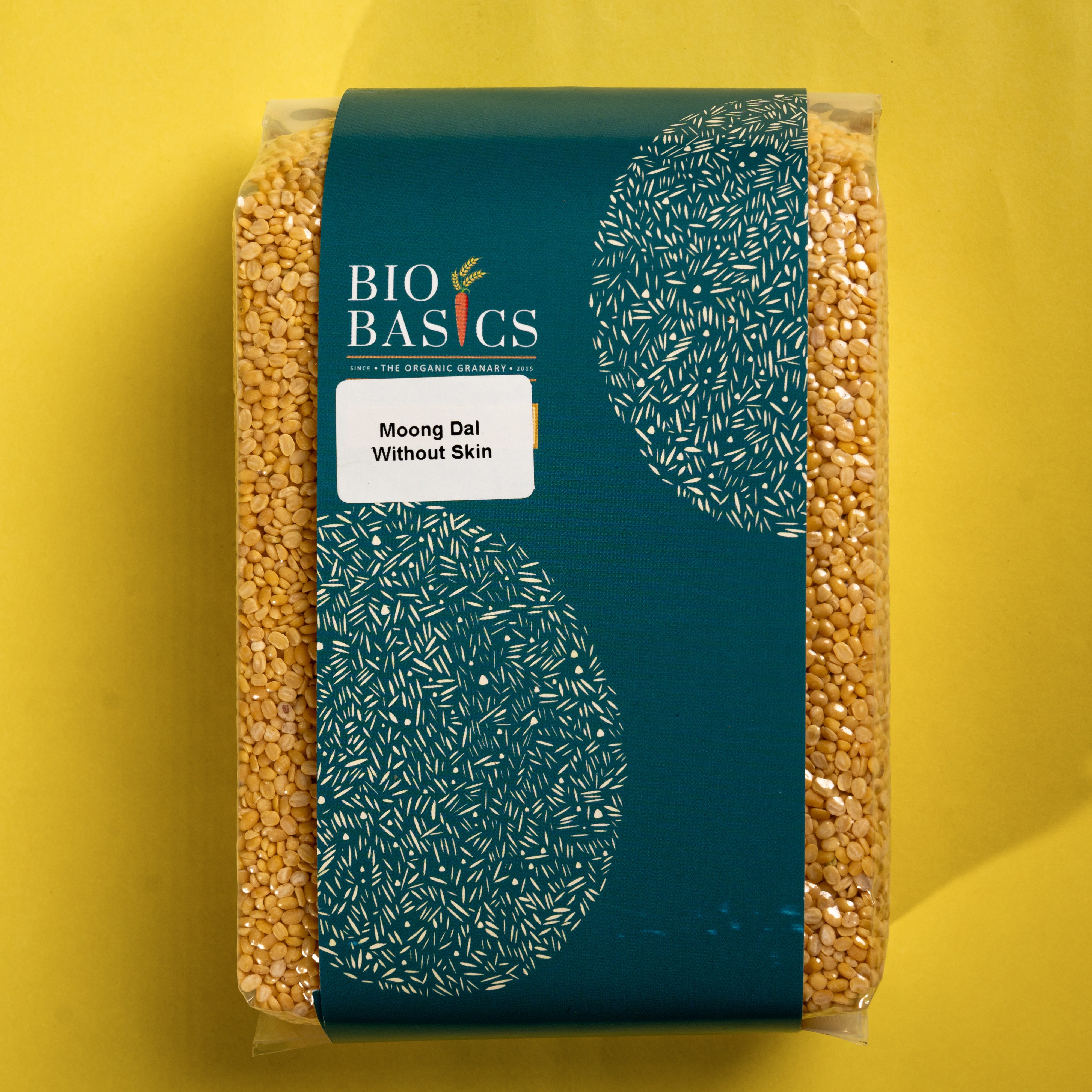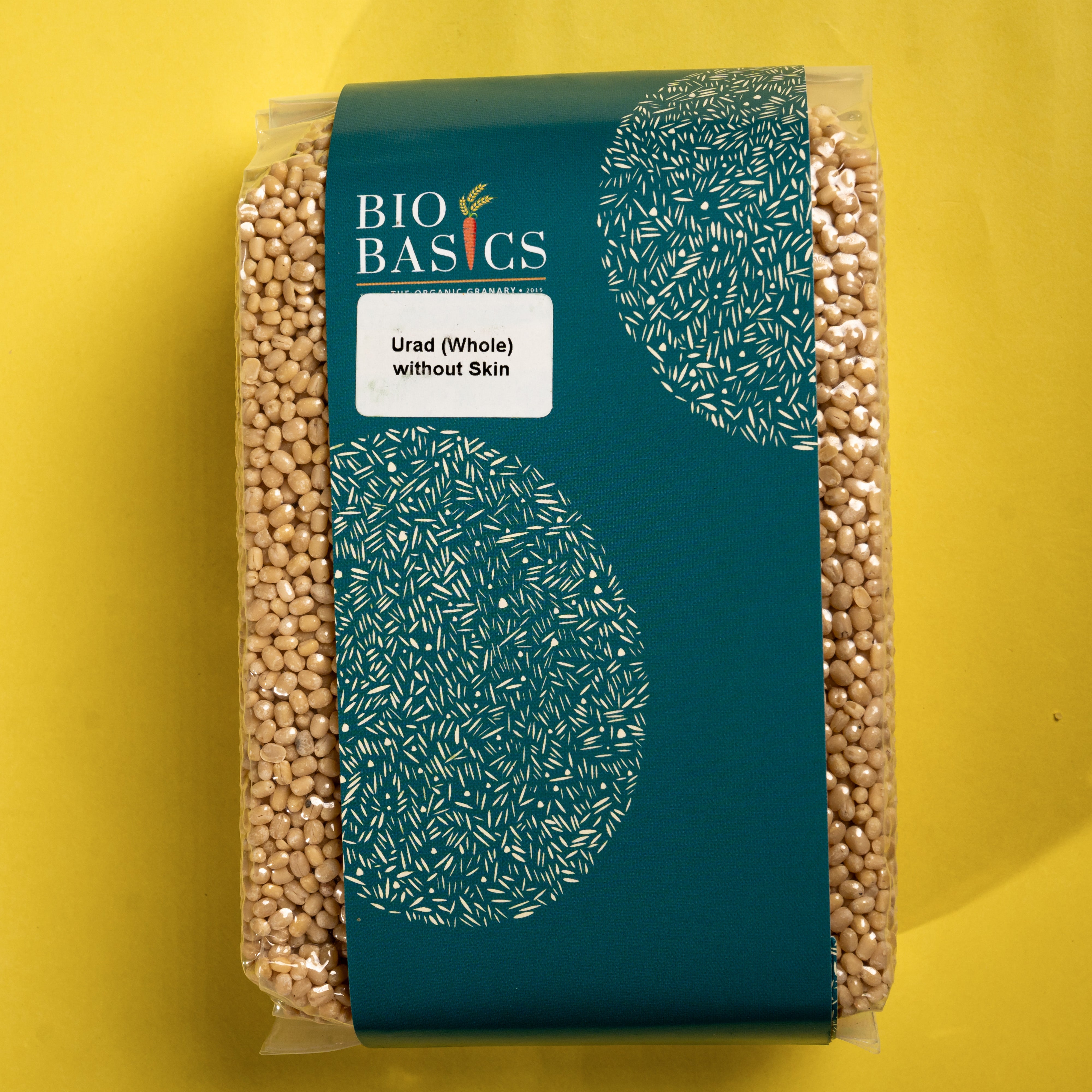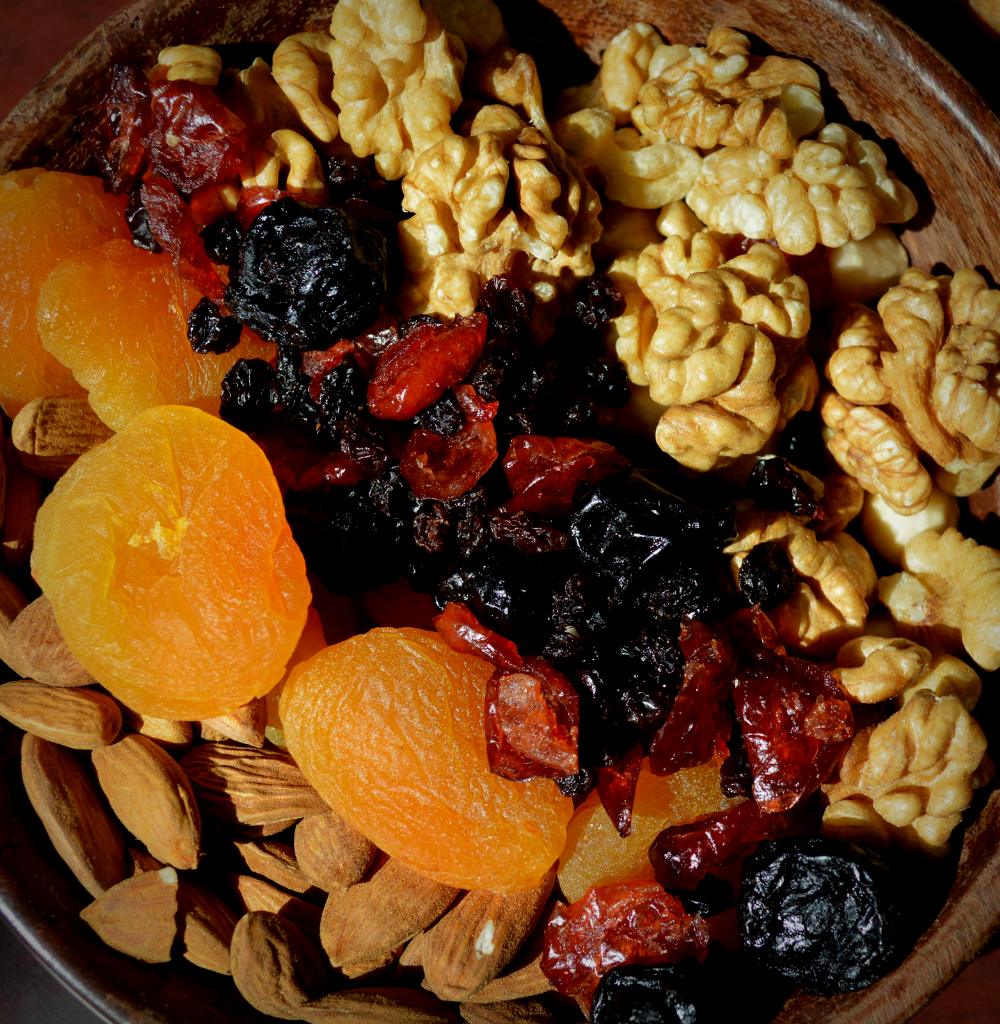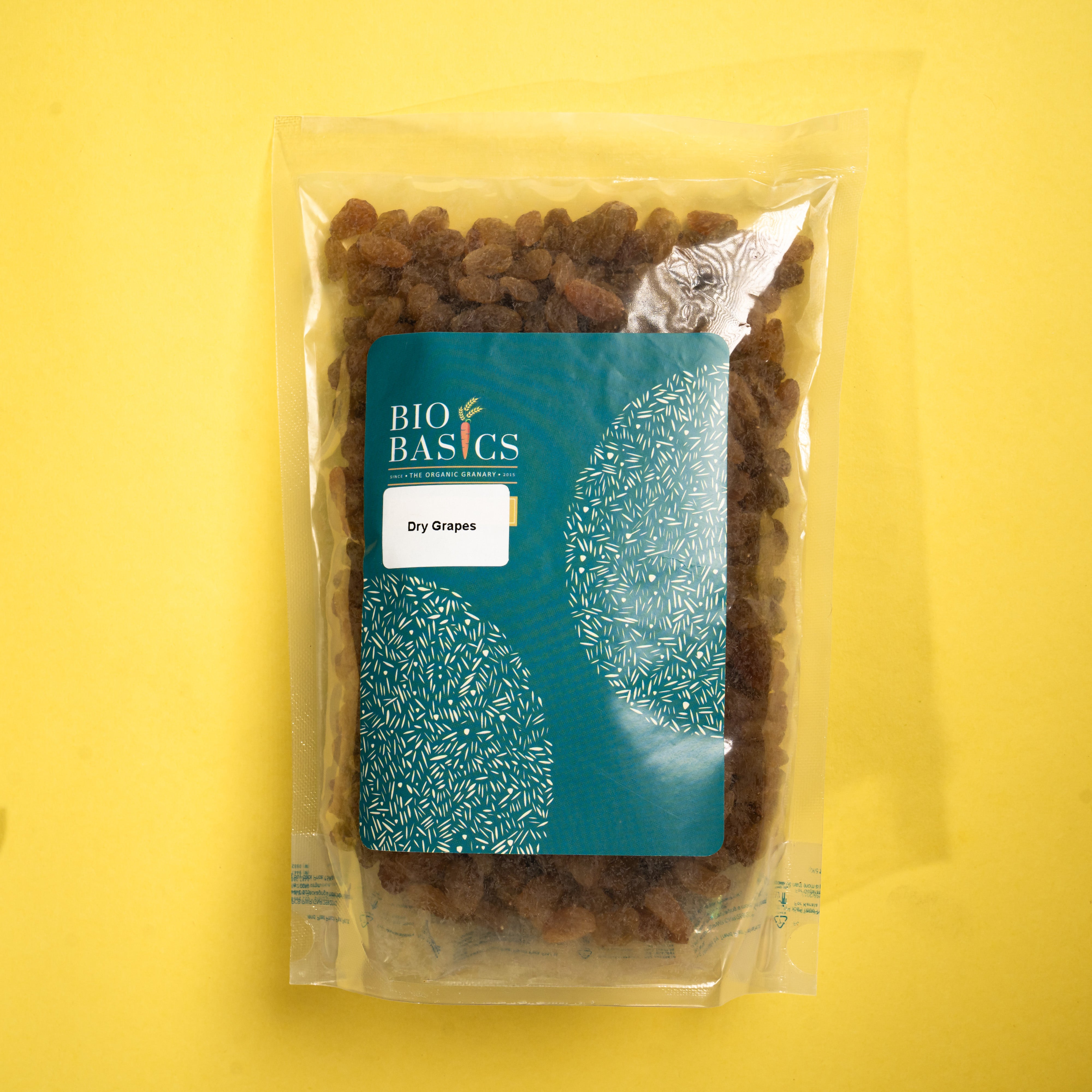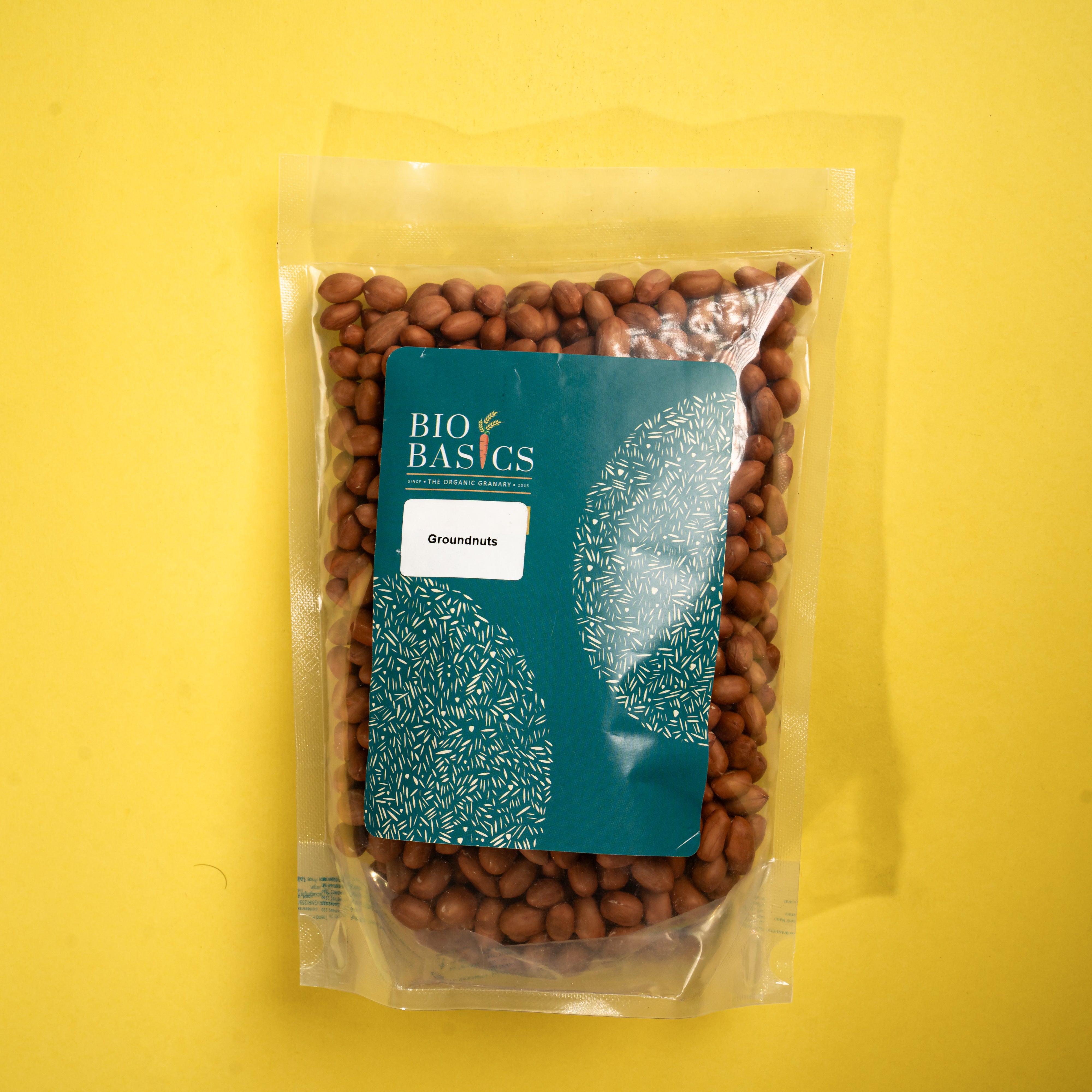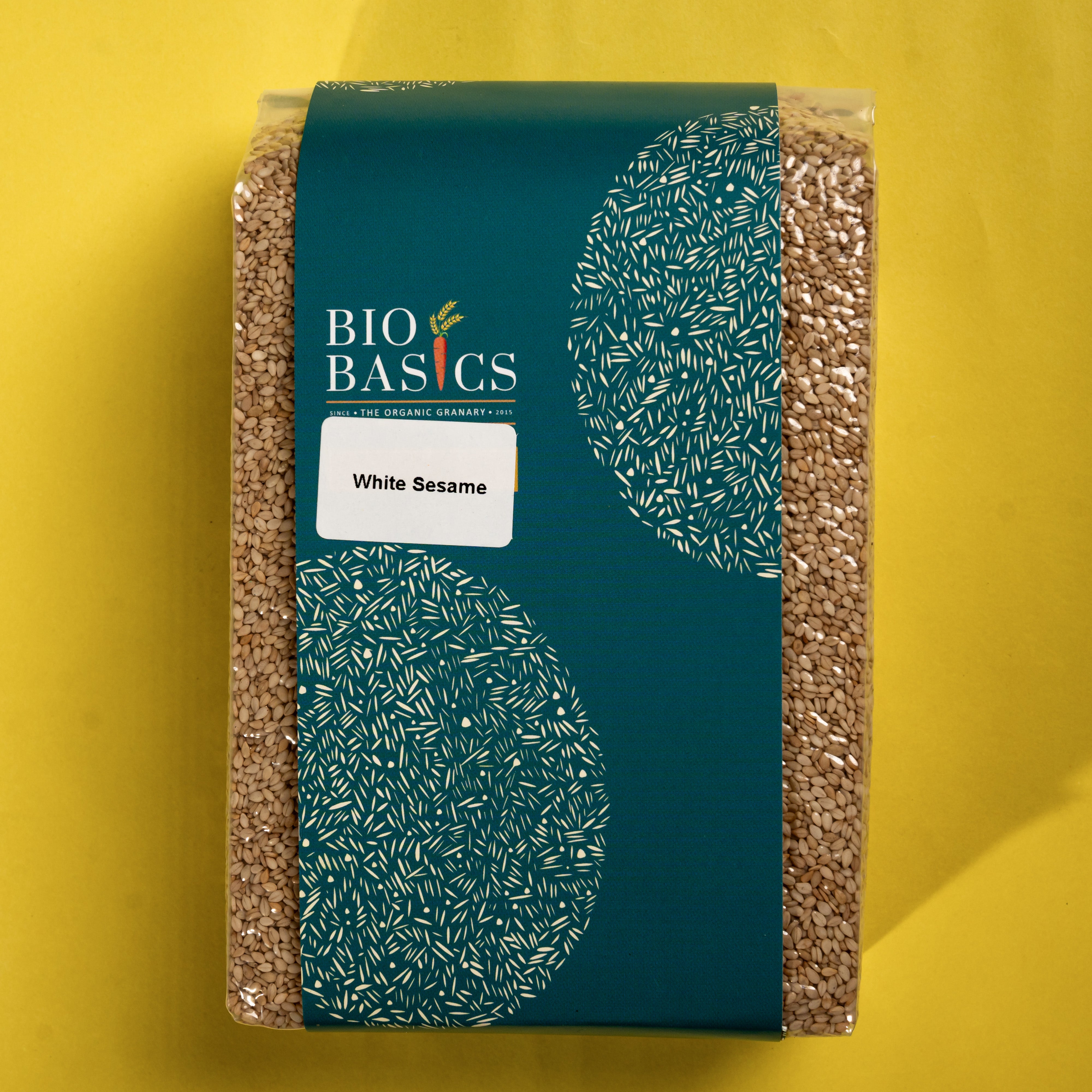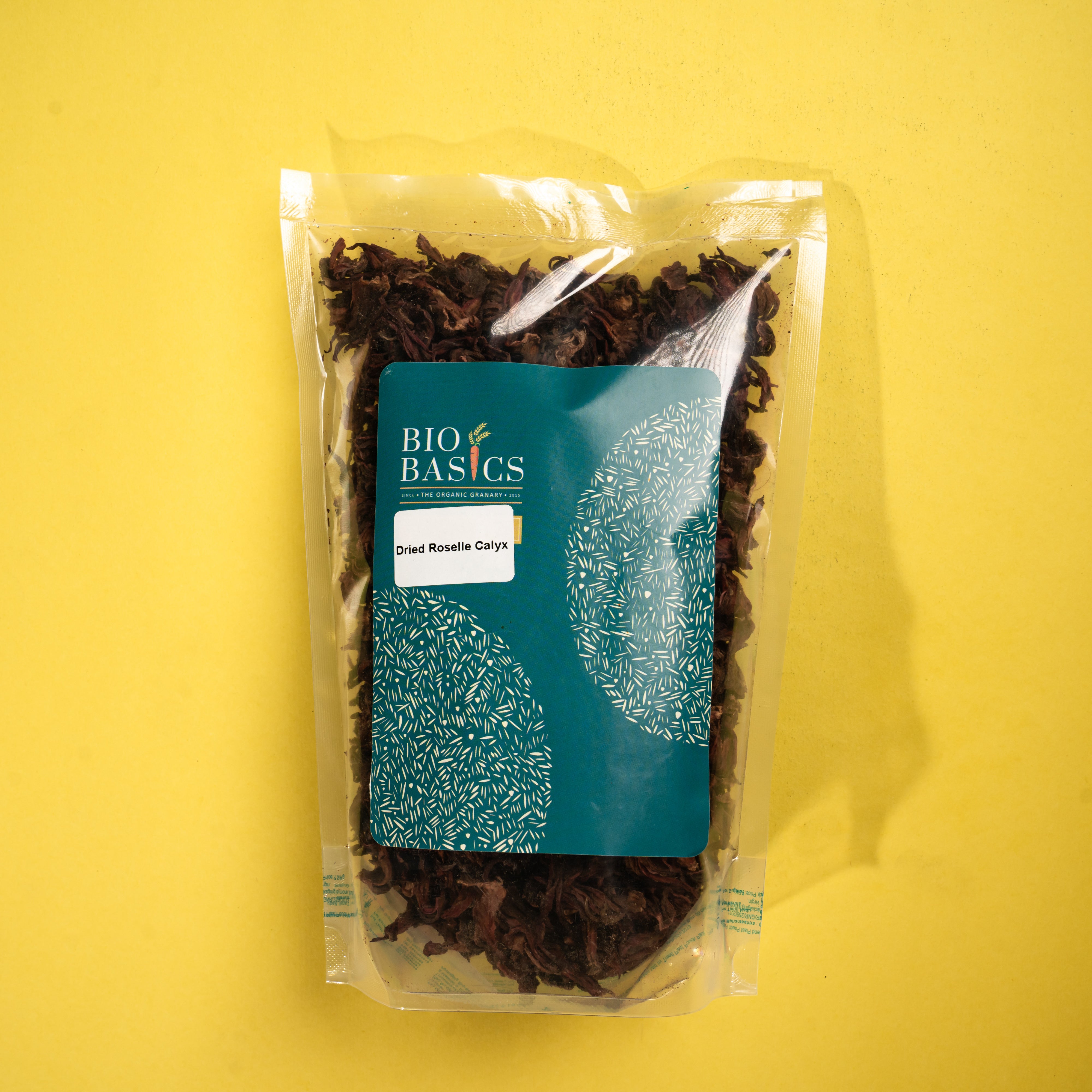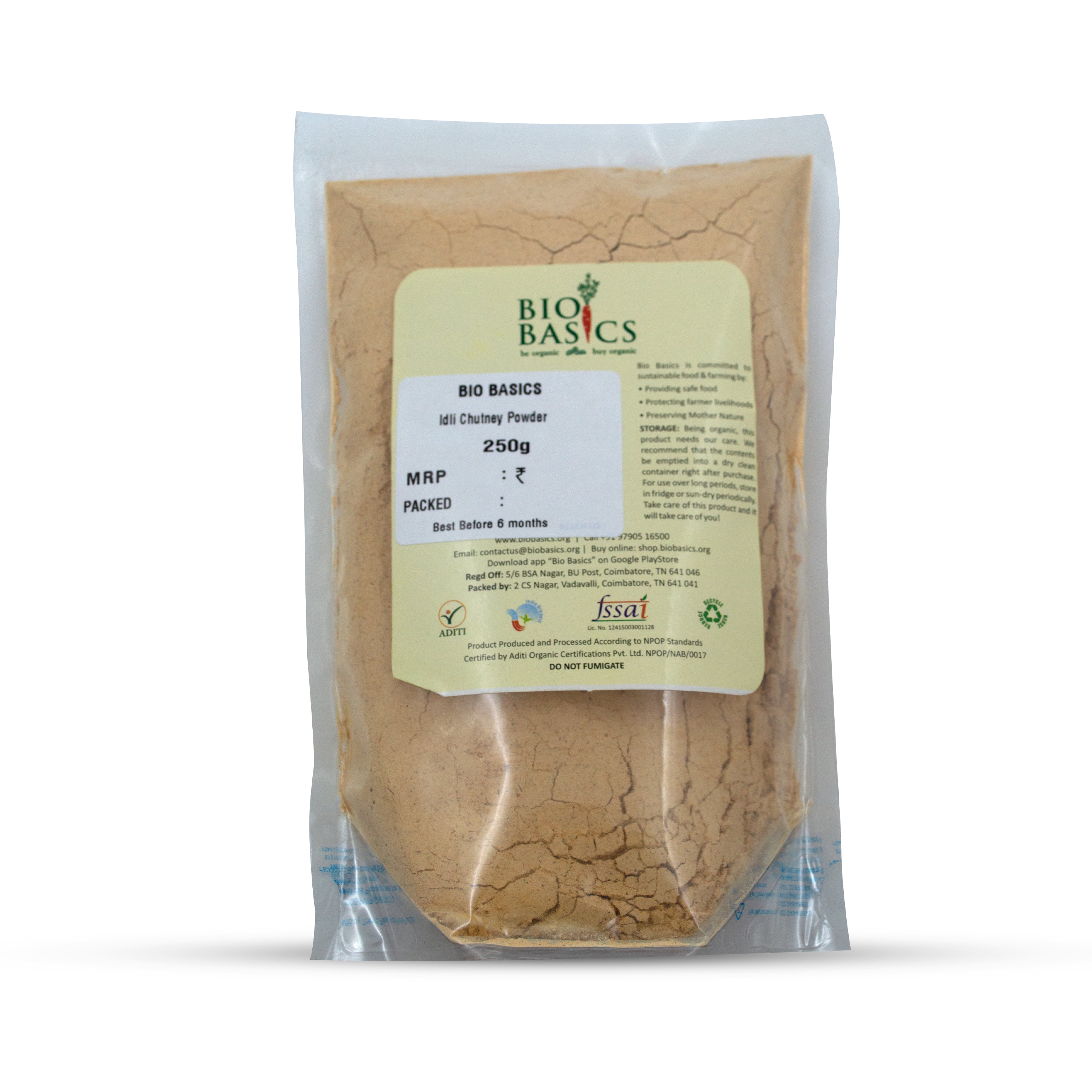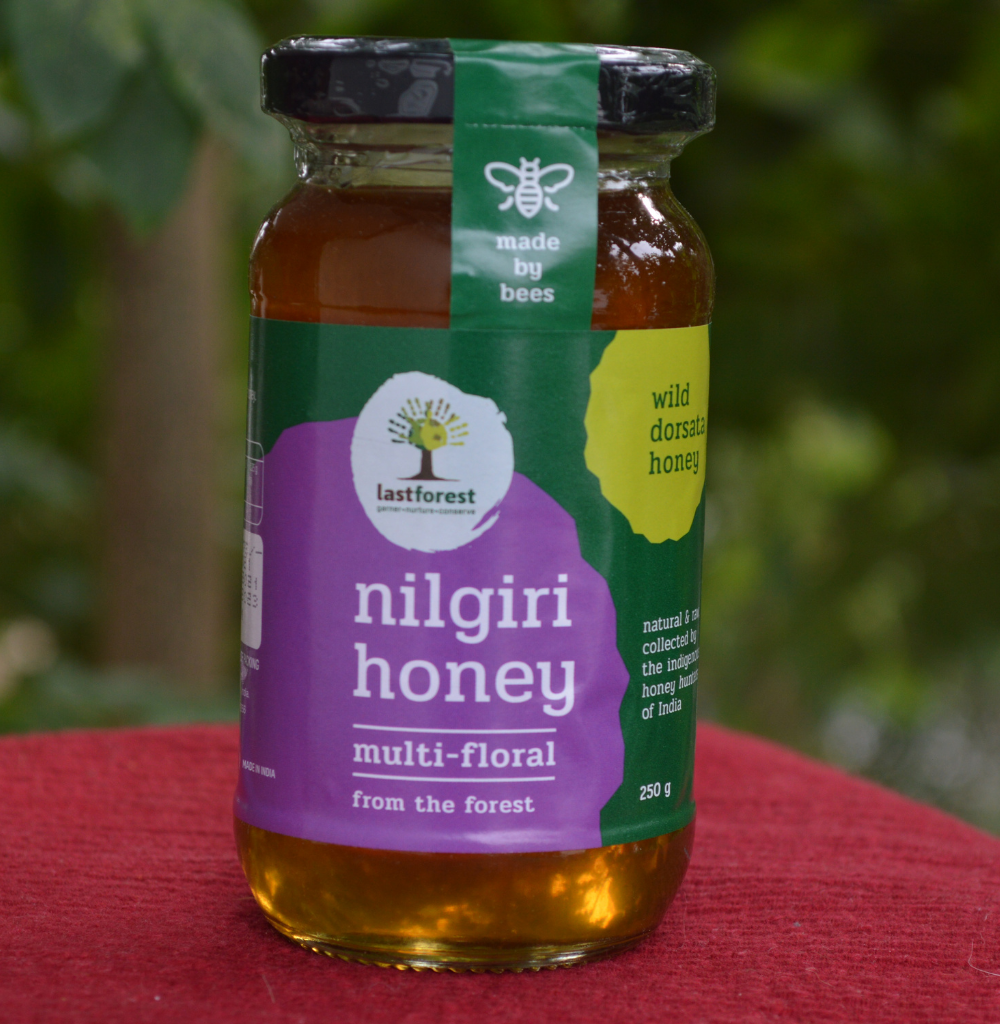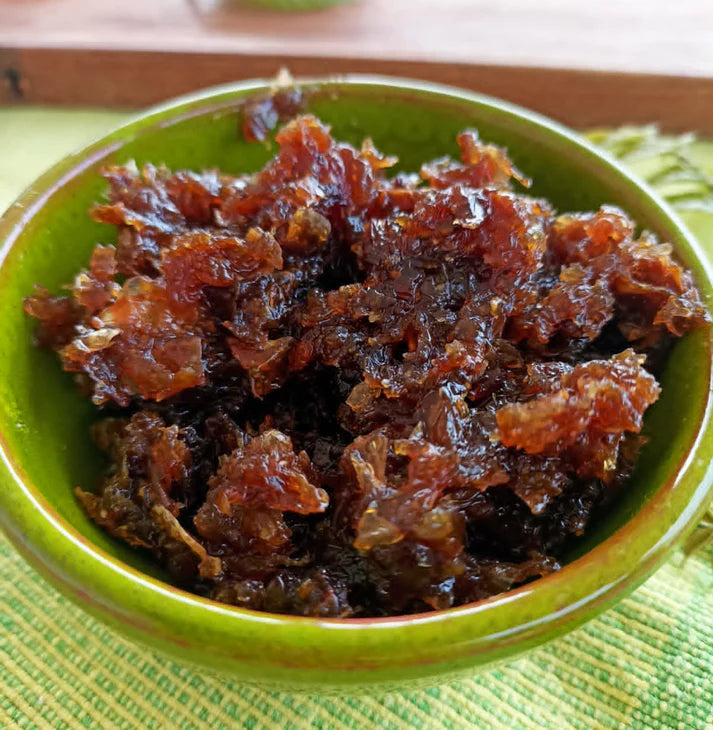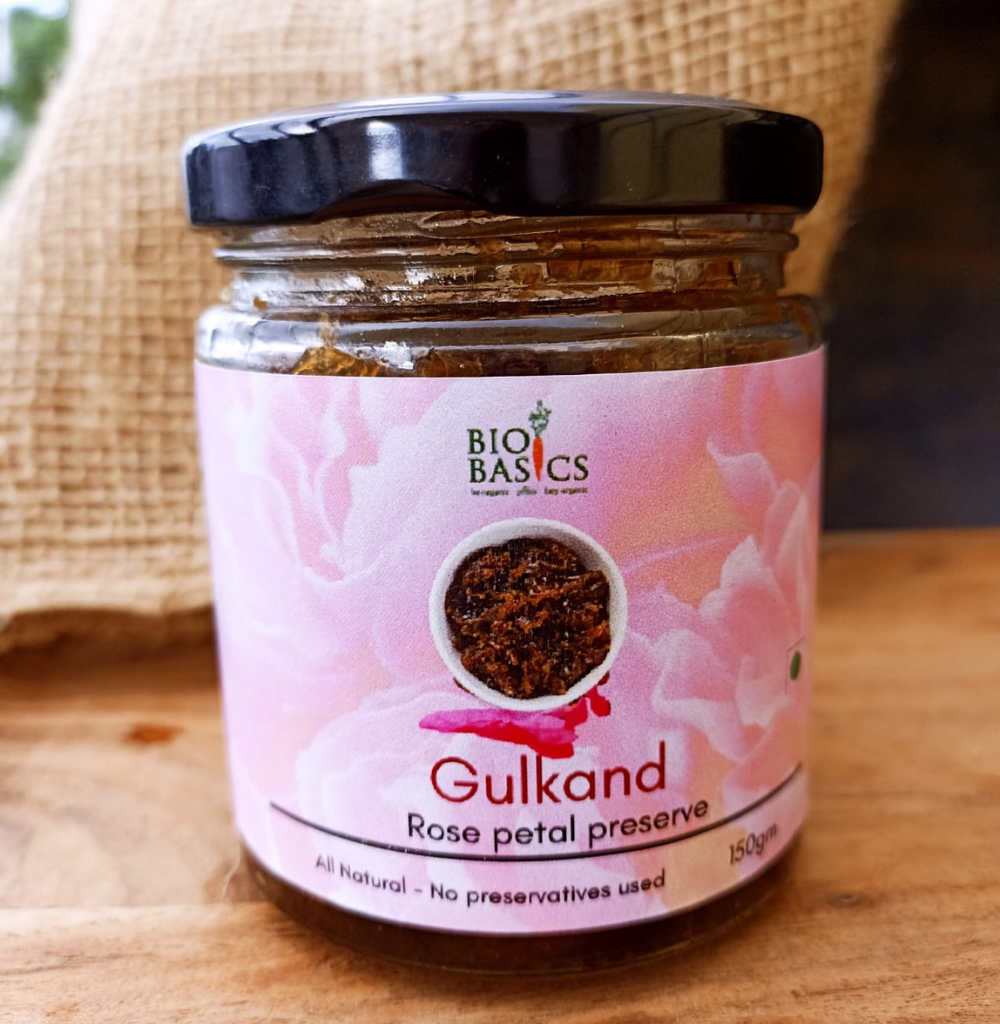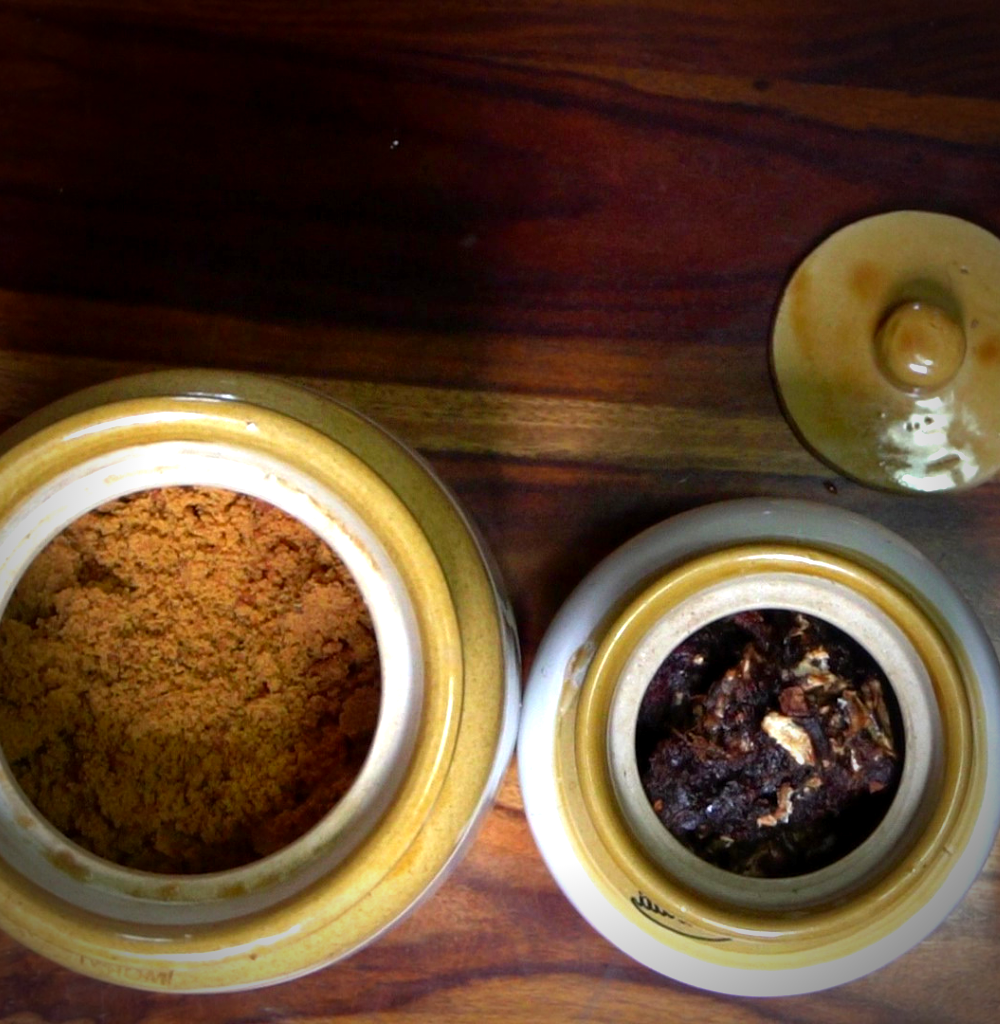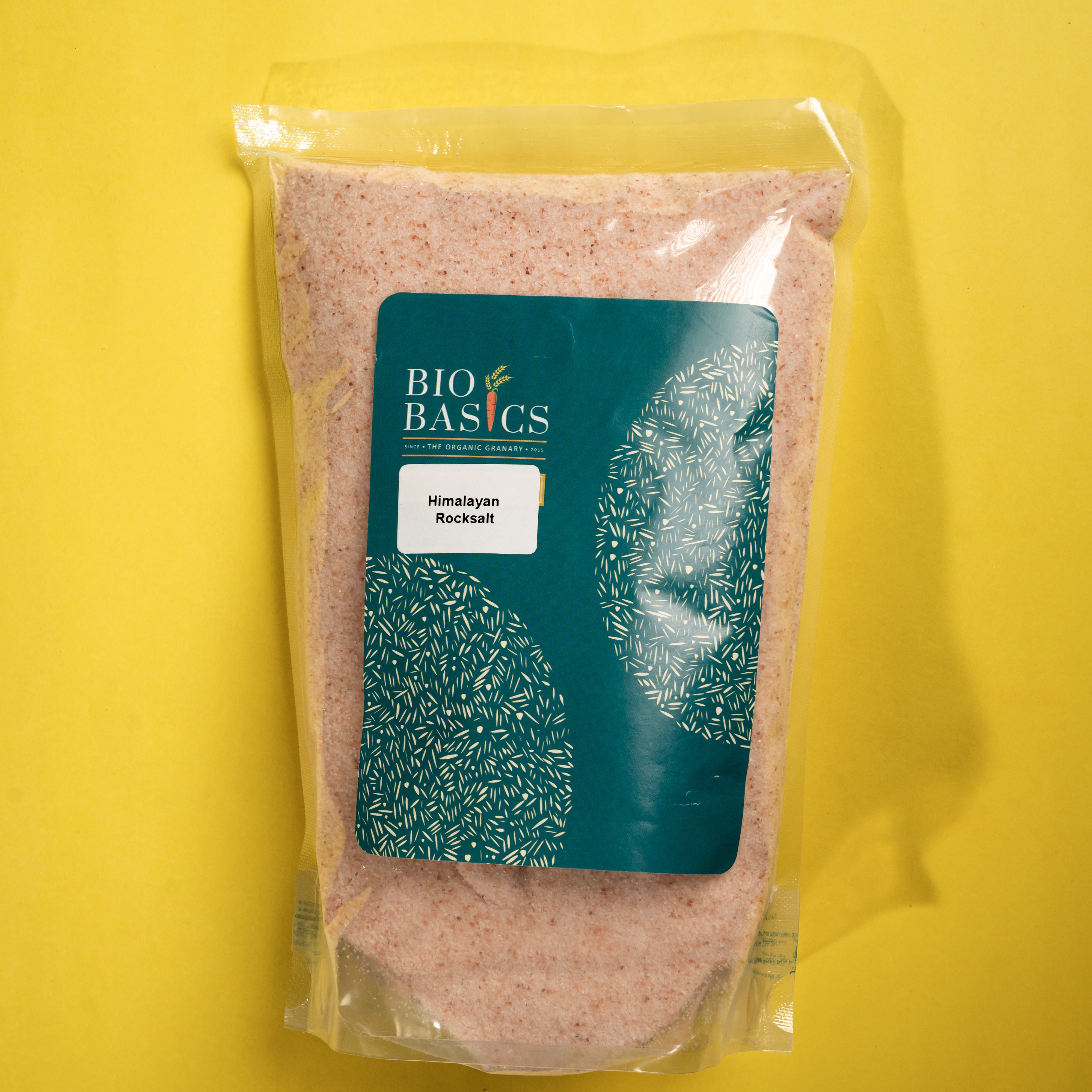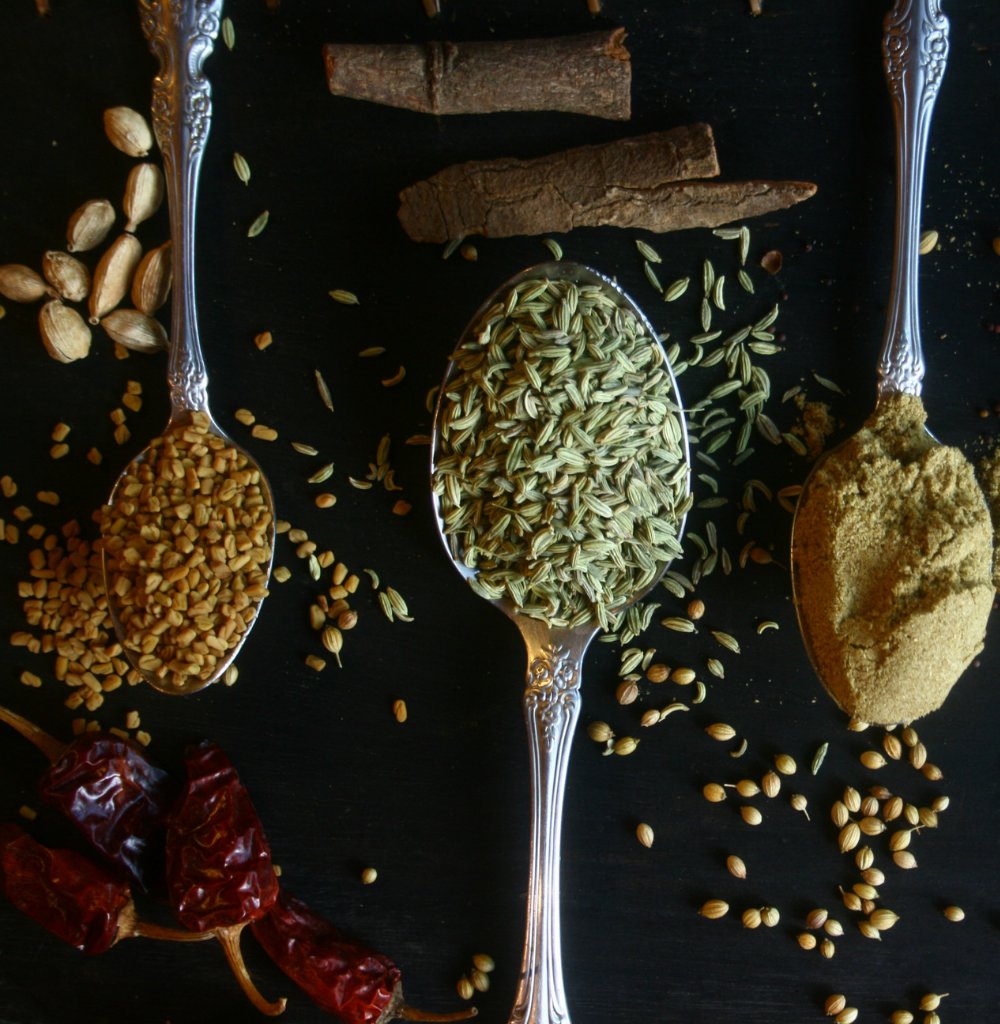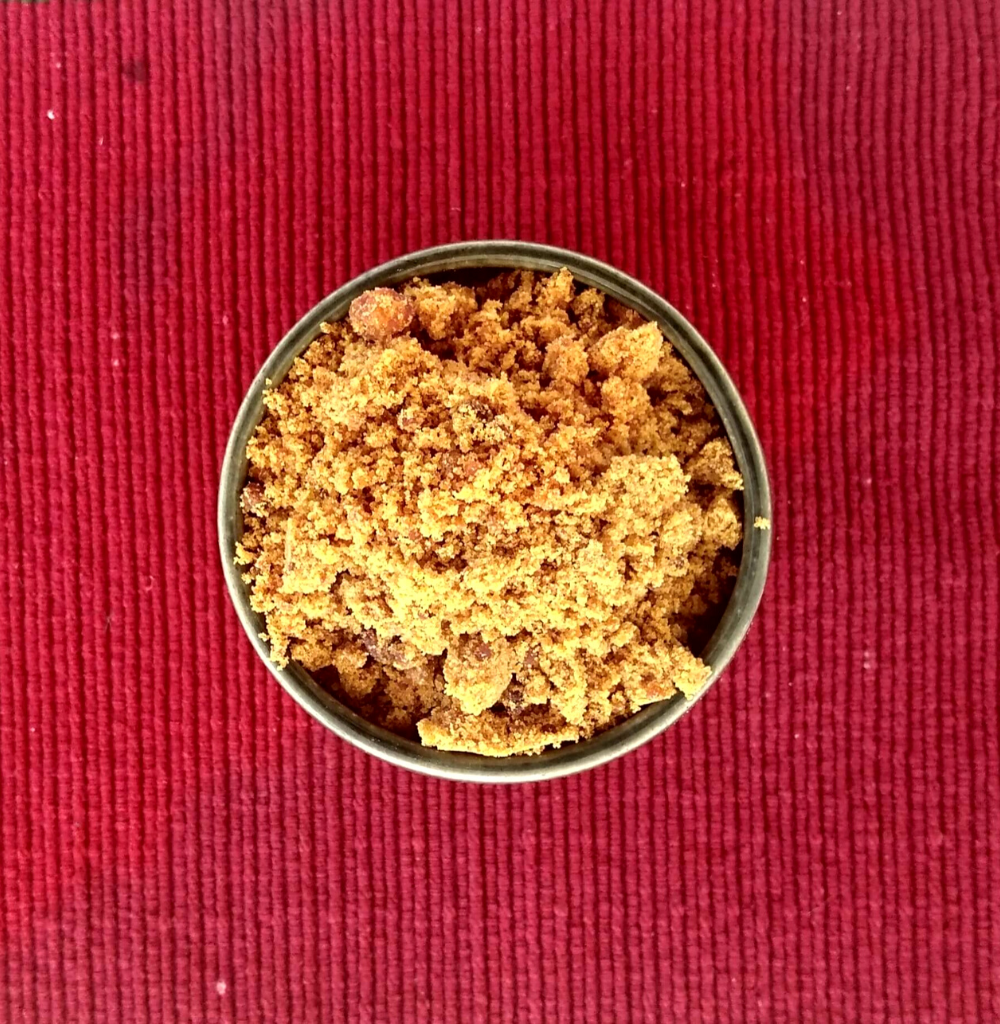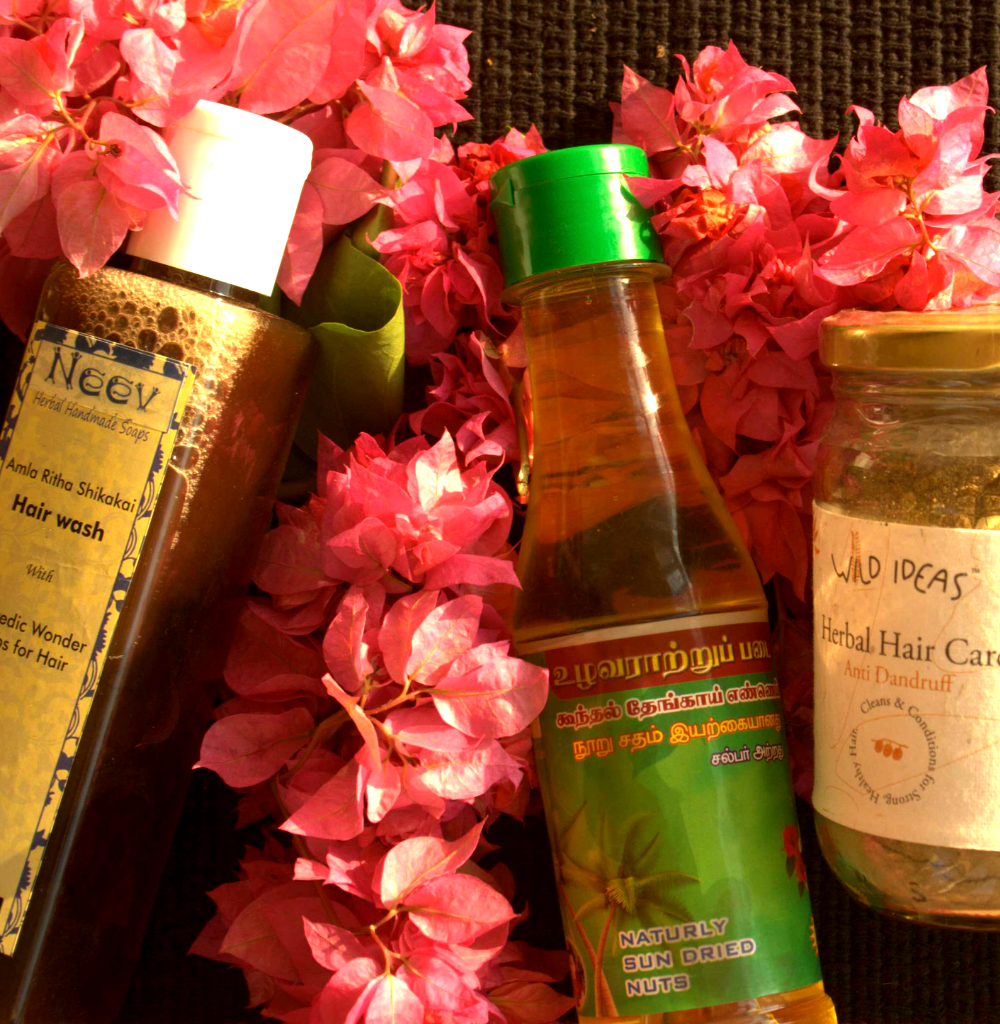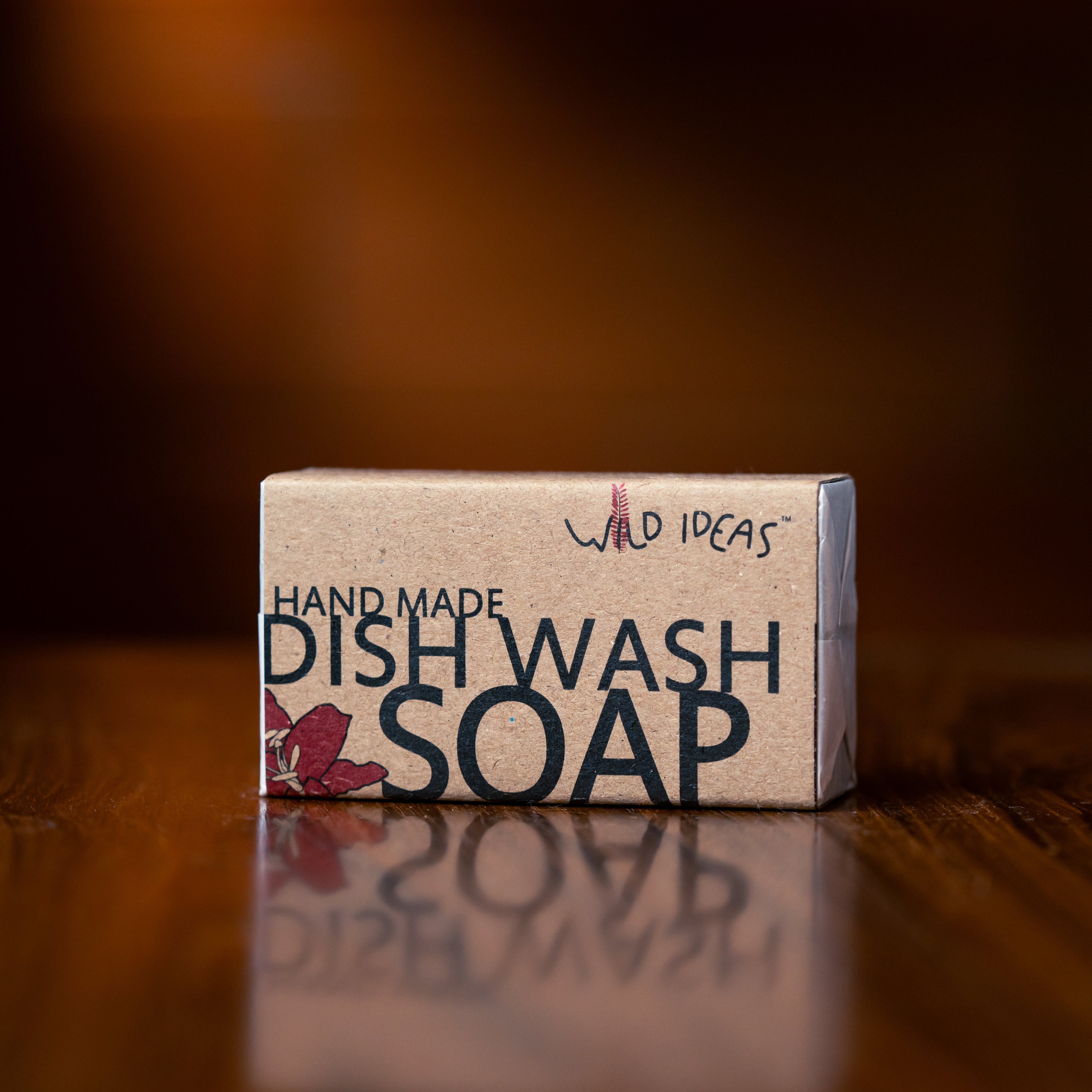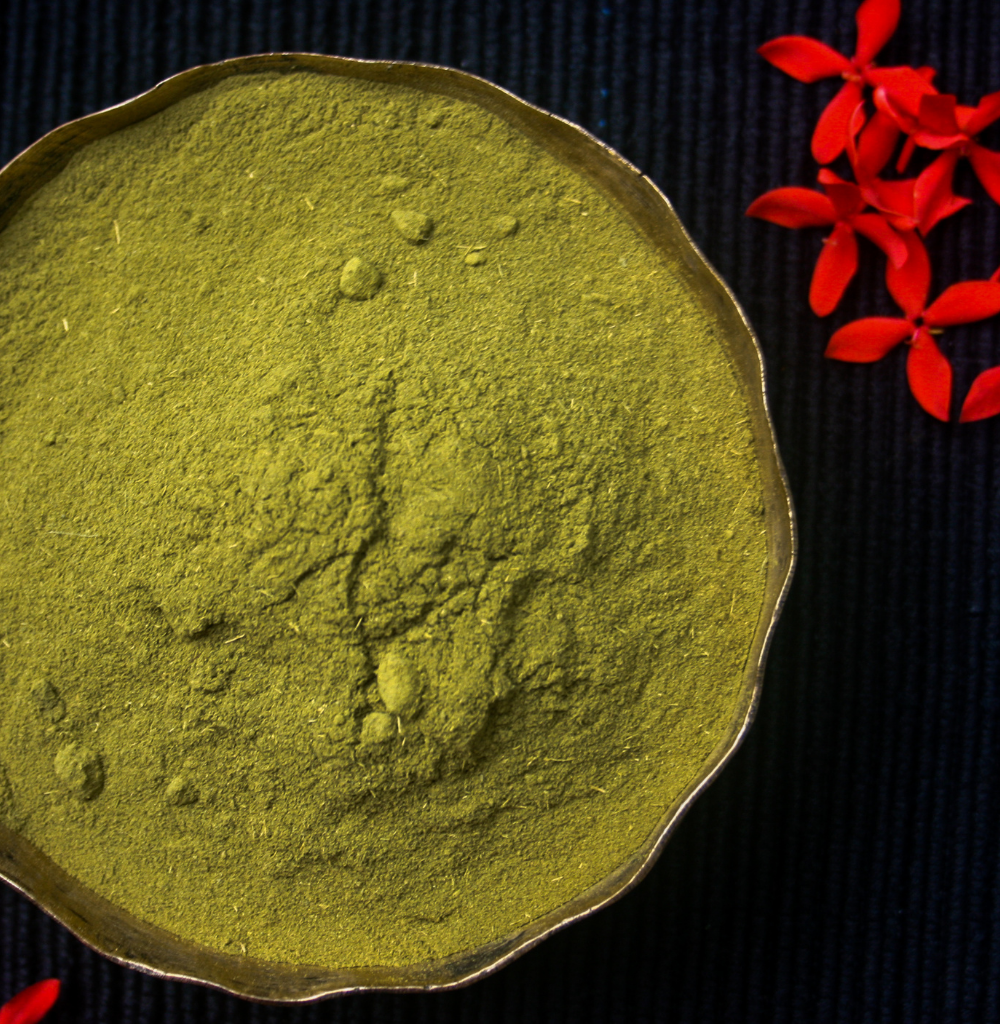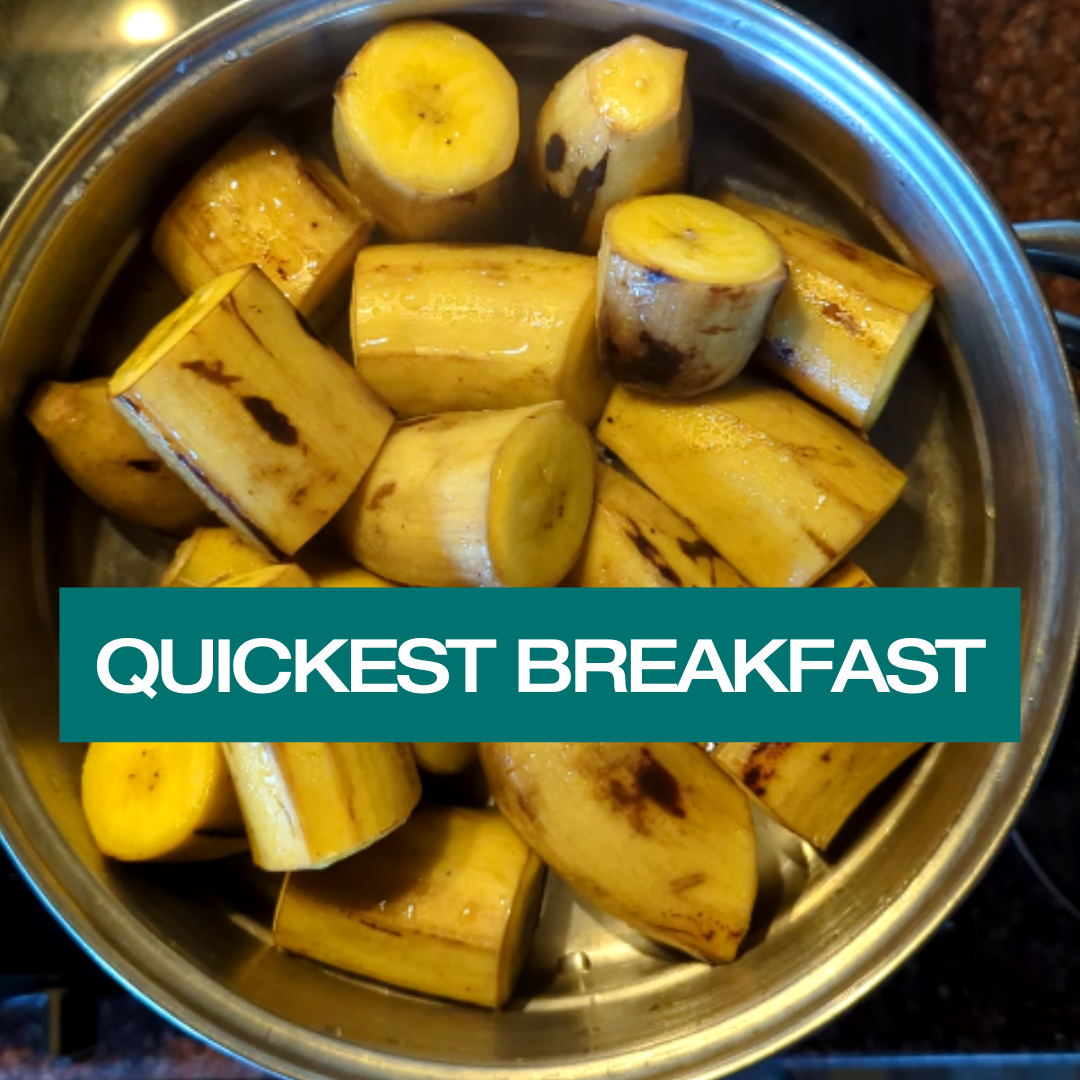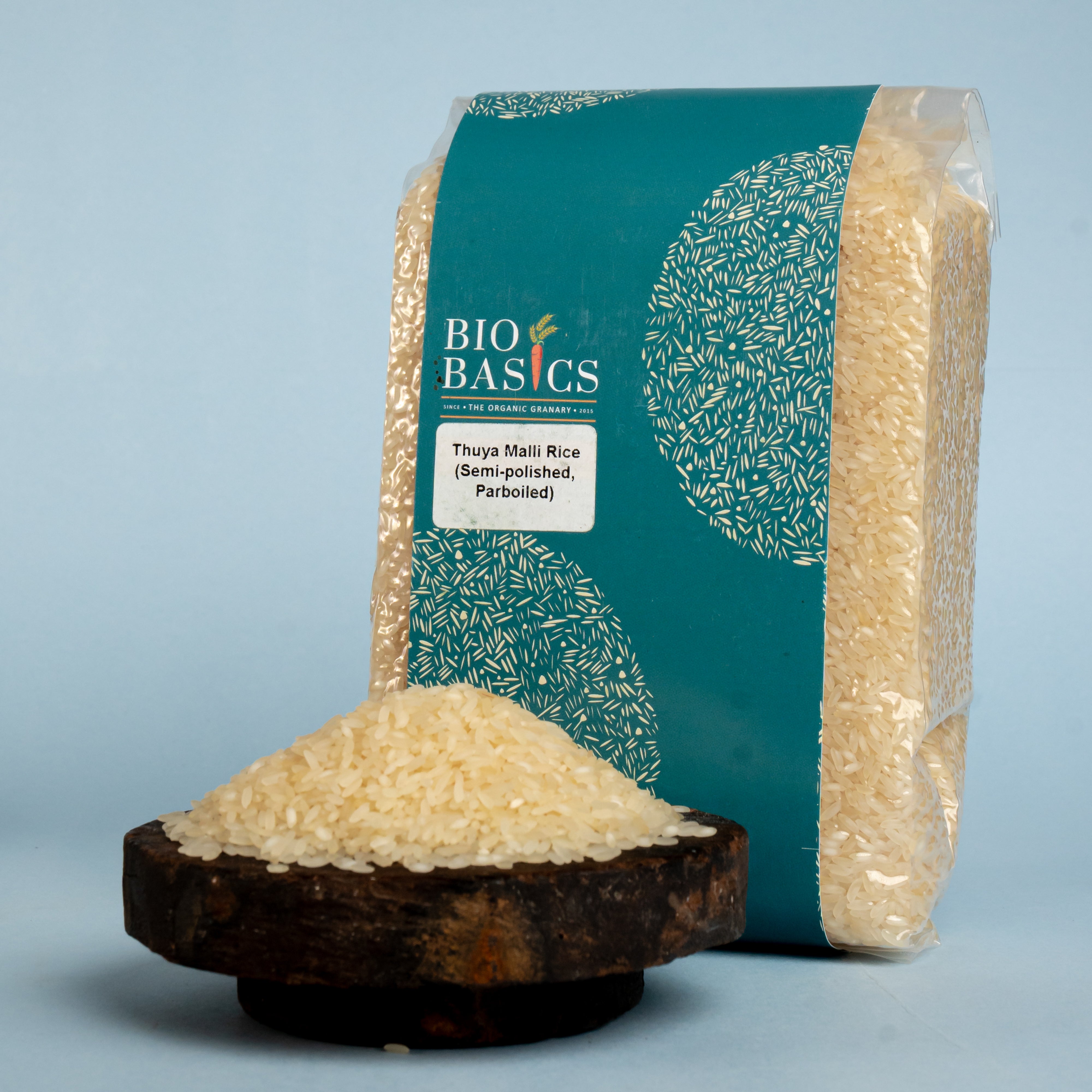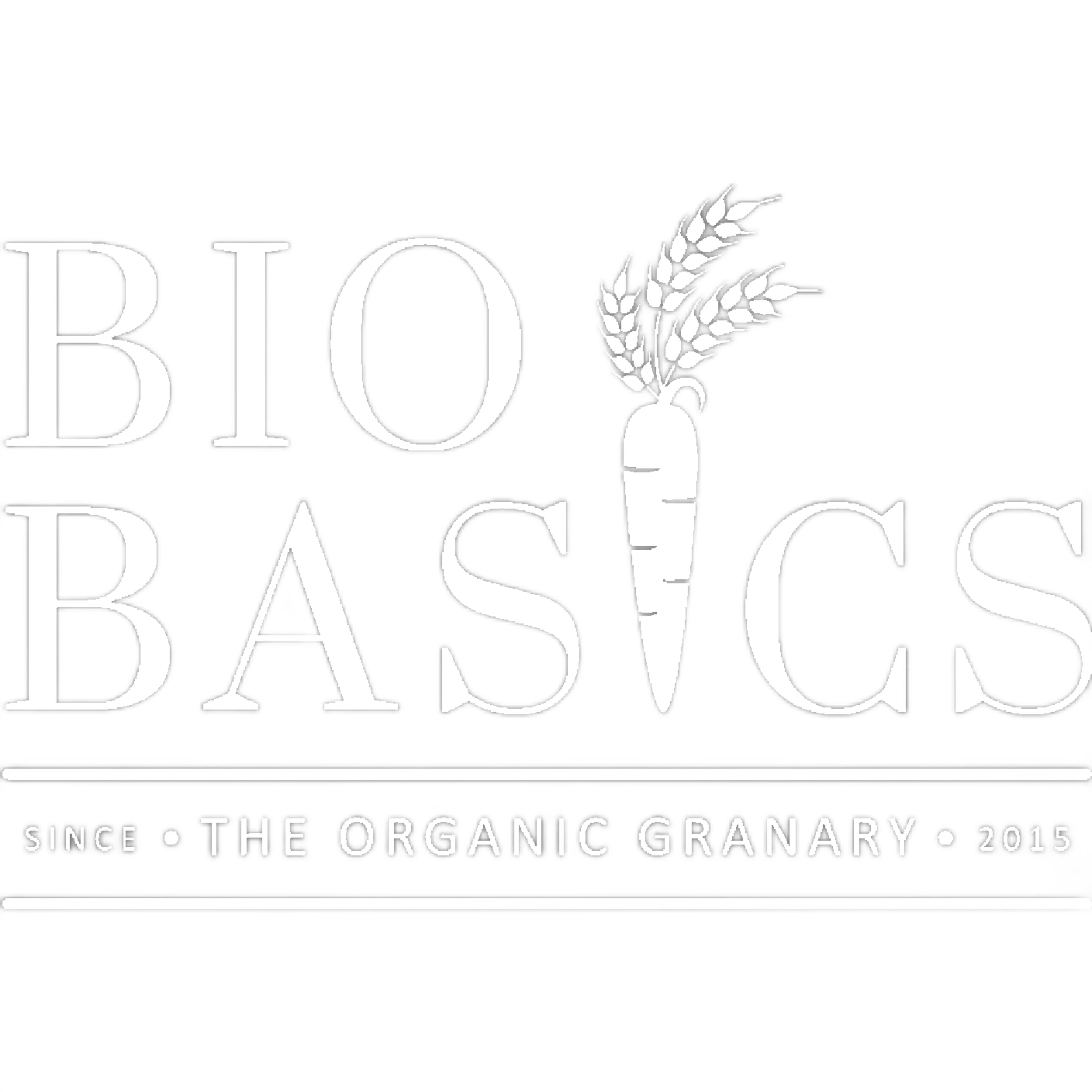Polished Rice A recent Obsession
Our obsession with polished rice is fairly recent. Before the advent of the rice mills that bestow the fairer look on rice and other grains, hand pounding was the only means available, which gave our ancestors unpolished rice by default.
But today’s milling processes now strip our gains of all its nutrition with a ruthless efficiency.
Semi Polished/Unpolished Rices & Millets
A Whole grain has 3 major components – bran (the outer covering) Endosperm (the middle layer) and germ (the innermost layer).The bran and germ is what makes the most nutritious part of any grain. Specifically the bran has high amounts of fiber, vitamin, minerals, and antioxidants which provides us with natural wholeness. During the process of polishing, whole grains undergo treatments that strips it of said nutrients. The only part that remains after refinement is the endosperm, which is primarily rich in carbohydrates and devoid of nutrients.

Everything you need to know about polished grains
As you are aware not polishing these grains leaves considerable amount of bran on top. Brain is not the same as chaff or husk, which is the outer scaly cover that is not part of the grain and is removed completely. Paddy rice and millets like little millet, foxtail millet, kodo and proso millet have husk, the other millets and wheat are called naked grains as these do not have husk. However all grains have bran. Grains processed commercially remove the bran completely leaving a white grain with no bran and no oil. This ensures longevity for storage across months. The presence of oil in bran is what has led to the production of rice bran oil (a fairly new addition to oils available in the market).
Semi polished /unpolished grains are usually difficult to process as they require considerable manual intervention to ensure that the bran is intact or only partly removed. Many times they have to be processed in simple mills and may leave some soil on the grain. It also requires manual winnowing to remove the dust particles. Whereas fully polished grains, denuded of all fibre come out of modern mills after multiple levels of polishing and whitening. It is also coated with a substance to increase lustre. Large commercial mills do not allow access to the mills or explain their processes, whereas the small mills where organic rices are polished can be visited and the process watched.
The adverse effects of polished grains
The high content of starch and carbohydrates these refineded grains have been linked with several health disorders including diabetes. Moreover the polishing process leaves them devoid of any natural fibre which is vital for our digestive system. Most of our rices and millets undergo chemical treatment during the refinement process that results in their commonly consumed ‘whiter’ and nutritionally unbalanced counter parts.
Unpolished grains- Nutritional benefits
The Bran as discussed before is an essential source of dietary fibre, protein, minerals and essential fatty acids.Fiber is not only filling, but also plays a major role prevention of gastrointestinal diseases.The National Cancer Institute recommends 25 grams of fiber a day, a cup of brown rice adds nearly 3.5 g, while an equal amount of white rice contains not even 1 g.
The semi polished and unpolished rice and millet also have a slight oily coating on the covers.These oils have been attributed to controlling the cholesterol levels of our body. Unpolished rice, wheat, pulses are rich in minerals like selenium, manganese and are rich in antioxidants which aids in fighting cancer and heart ailments.
Only Organic Whole Foods – from Bio Basics

In Bio Basics, we believe that the crucial part of getting good quality food is understanding the process of how it’s growing and produced . Outsourcing food production to large faceless entities may give uniformity, looks and long lasting grains but will lack wholesomeness and nutritive value! Which is why we source all our grains from local farmer groups who use traditional and non-invasive methods of processing our products!
